
Digital mindset moves into mainstream

Some wealth firms were slow to embrace technology, but a combination of the Covid pandemic and regulation have ensured digital is now top of the private banking agenda
While the digital transformation process in private banking is now a decade old, most commentators agree that the high-tech backdrop is no longer just a playground for a small coterie of innovative private banks. In fact, even some of the more traditional players are biting the digital bullet.
In previous years, PWM’s Wealth Tech awards have focused on a vanguard of leading firms in highly-developed tech hubs. Today, we are seeing more traditional banks such as Switzerland’s Julius Baer and Germany’s Berenberg joining the roll of honour. This, according to our panel of 10 judges, is evidence that digitalisation is now an unstoppable force, transcending all tiers and niches of the private banking ecosystem. Covid has been a clear accelerator of the trend. A recent video interview with three of our judges highlighted some of the shifts.
“We saw firms in 2019 still saying digital is optional, because their clients don’t want to engage that way,” said Alois Pirker, head of research at financial services consultancy the Aite Group in Boston, US, in the video panel discussion. “They are now finding themselves in a very different position.”
While some of the slower movers have been struggling to “keep the light on” and make sure that all clients are served during the crisis, the Covid pandemic, coupled with regulation, have delivered digitalisation to the very top of the private banking agenda, he added.
“The traditional firms, as is the case of any other firms, are seeing this as an opportunity to explain to their teams that this is necessary and we need to change and keep up with the times,” he said.
“Of course, it is not something that is just happening because of the pandemic. This trend has been in the making for a decade plus. We’ve been talking about digital for a long time now, but it’s finally real and leapfrogging of that trend is what has been happening.”
These changes, he said, have however been enabled by deeper cultural shifts at the successful private banks, amplified in particular with the appointment of specialists who understand both technology and the business.
This sentiment was echoed by Philip Watson, chief innovation officer at Citi Private Bank, who won our Best Digital Leader
accolade for 2021, and was invited to the panel as a special guest alongside the judges.
“Innovation should be decentralised in my view as much as possible,” he said. “If you ever get to the point where ‘it’s that team in the corner of the office that do the innovation’, you’ve probably gone wrong,” with a necessity that innovation is now embedded through the entire business.
But there was some contention among our panellists whether digitalisation is being introduced predominantly for the benefit of the client or the organisation. Today’s wealth management firms, according to Mr Pirker, are still structured according to product silos, with asset flows into key product lines seen as the main measures of success. “There’s a long journey for firms, and you can’t change that overnight,” he says, with little indication emerging that high quality advice and service to clients are perceived as key performance indicators (KPIs).
The only purpose of these KPIs in the past, according to April Rudin, CEO of the Rudin Group consultancy in New York, was “internal naval gazing”, rewarding bankers for cutting costs, headcount and streamlining their organisational structures. “Those are typically not drivers for anyone or any organisation that’s client centric or applies any client centricity to what they are doing,” said Ms Rudin.
A switch from this organisation-focused thinking to a client-focused approach has, however, marked a sea-change in private banking during the Covid era, she believes. “That has been one of the more positive shifts and the silver lining to the pandemic is…a real mindset shift from thinking about ourselves to thinking about what our clients might want.”
This shift, she said, has been enabled by the use of artificial intelligence (AI) and machine-based learning, with external fintechs and wealthtech firms bringing in a fresh perspective, through hyper-personalisation of products and services. “We have so many technologies that will help us figure out what these digital platforms can do and offer in terms of personalisation and really make a differentiation and difference to the clients they serve,” she said. The challenge was to get away from “cookie cutter” segmentation promoted by some algorithms: “I think, for post-Covid, the marching orders are really ‘vive la difference’.”
Despite this deep-held belief that the industry is changing for the better in terms of recognising client needs, there is a powerful parallel acknowledgement that a more systematic approach leads to a much more profitable model for banks.
At the turn of the millennium, said Sharmil Patwa, CEO of London-based technology transformation consultancy Opus Una, wealth management was still an analogue practice, staffed by an un-diverse range of male bankers, focused on acquiring clients in their image through wining, dining and sporting events. The clients would be charged 2 per cent annually by the bank to look after their assets, so the main thrust of the bank would be to persuade these clients to bring across assets from other firms, to boost the all-important “share of wallet”.
“The digital wealth managers of the 2020s are quite different,” said Mr Patwa. “They are able to acquire a much more diverse client base, at a far lower cost, by leveraging digital means, and they are able to effectively service those clients at far lower wealth levels. They use behavioural science as the basis for dynamic risk profiling and dynamic re-allocation of assets.”
These reborn private banks, featured in the PWM awards, put wealth planning at the centre of their service, recognising that wealth accumulation is not an end in itself, with a change in pricing models going hand in hand with digital innovation, according to Mr Patwa. “They are able to provide clients with a holistic view of their assets and provide optimisation suggestions, no matter where their assets are held, and no matter where those assets are managed.”
Crucially, the successful digital wealth manager of 2021 can give a client access to a highly qualified adviser when they need to speak to one, which has been particularly important during the pandemic lockdowns, when investors have demanded remote access to relationship managers during highly volatile markets.
The next hurdle leading private banks will face, according to Ms Rudin, once this cultural “feuding’ is behind us, will be about how to recruit the next generation of qualified advisers and ensuring their continued interaction with cutting-edge technology.
“The average age of a financial adviser in the US and globally is around 60 plus,” said Ms Rudin. “We are going to see ourselves very quickly with a shortage of financial advisers to serve this market. The next challenge is how to really create and share this knowledge, which is one of the promises with AI and that’s where the true melding of digital and human advisers will really come to bear.”
WINNERS

GLOBAL

BBVA PRIVATE BANKING
The digital solutions that BBVA has developed to improve customer service have the objective of “making clients’ life easier” when it comes to managing and monitoring their wealth.
Being able to digitally sign documents and carry out portfolio transactions – for mutual funds, equities, fixed income and structured bonds – are especially appreciated by clients.
Last year, the Spanish institution introduced an advice and financial planning programme to help customers optimise and manage their assets, and achieve their investment objectives. New “DIY digital capabilities” include debt management and milestones planning.
During the pandemic, digital interaction has significantly increased, with digital operations reaching nearly 90 per cent of all portfolio operations. “We’re seeing an increase in the use of digital tools and functionalities across all age and gender groups,” says Jorge Gordo, head of BBVA Private Banking Spain. Younger generations, being digital natives, demand more digital interaction but also rely on bankers’ professional advice, he adds.
Technology allows bankers to be much more proactive in offering new, customised advisory solutions to clients. “Tools for client evaluation and identification allow us to get to know our clients better, so that we can adapt our proposals to their needs, risk tolerance and knowledge,” says Mr Gordo. BBVA is also making significant progress in the analysis of big data. “Managing big quantities of data, analysing and interpreting them, give us a great advantage and opportunity to personalise our proposals, client communication and offer clients the product that best suits them.”
Looking to the future, the bank’s objective is to make all services and operations completely digital. “This way, clients can then choose the channel they prefer, at any time,” adds Mr Gordo.
UBS
Zurich-headquartered UBS Global Wealth Management has been unique among banks in that it has, from the start, seen the Covid pandemic as more of a help than hindrance. “Rather than a challenge, the pandemic has helped our digital transformation,” says Patrick Steiner, head of omnichannel management WMP at UBS GWM, who has seen a multi-year increase in adoption of digital tools by clients over the course of the pandemic as people moved into the digital realm.
One example has been the UBS MyWay tool. When the pandemic hit, the bank was preparing to launch the app, which relied on client advisers using tablets to present the tool to clients. By quickly adapting the app to work via remote video call tools, UBS was able to provide clients with “a seamless remote experience”. And clients engaged with this mantra, as UBS overshot its initial goal of $1bn in managed assets 18 months ahead of its target, and have surpassed $3.8bn in just one year.
Another challenge was that of client advisers not being able to travel any more. But UBS reacted quickly to this threat, ramping up the remote advisory offering and enabling a multitude of self-service options, including onboarding processes (UBS Welcome), Investment Insights (Direct Investment Insights) and Advisory Messaging (WhatsApp and WeChat). “Clients have now significantly more ways and options to connect with the bank in a relevant and personalised manner,” says Mr Steiner.
CITI PRIVATE BANK
Citi Private Bank has laid down an ambitious programme, committing itself to delivering private banking services for its clientele of “global citizens”. Through Citi’s team-based model, led by a dedicated private banker, the bank’s clients receive customised private banking services and direct access to specialists across investments, capital markets, trust, lending and institutional capabilities more broadly.
In order to meet these ambitions, Citi has not only introduced a whole suite of technological tools, but also established its Innovation Office in 2018. The man charged with leading this initiative, Philip Watson, is however adamant that this should not be an isolated unit. Instead, he is convinced that technology needs to be embedded in the bank’s offerings and culture, creating a company-wide cultural shift.
He has been instrumental in several spheres. Firstly, Mr Watson has helped pioneer the bank’s decision-management platform called IDEA, which empowers relationship managers with portfolio insights, analysing client experience and interaction. Secondly, he has sought inspiration for Citi’s transformation from other industries outside financial services. Thirdly, he has been working tirelessly to exploit the firm’s huge proliferation of client data, refining and tidying it up, making it more of a useful, predictive tool.
Citi bosses see digitalisation and the embracing of social investment parameters as two sides of the same coin, together enabling asset allocation on a sustainable basis and investment according to ESG criteria, benchmarked according to alignment with the UN’s Sustainable Development Goals
J.P MORGAN PRIVATE BANK
Cybersecurity continues to be a top priority at JP Morgan, which spends $12bn on technology annually, employs more than 50,000 technologists and has 55m active digital customers across the globe.
While the New York-based bank’s staff were able to adapt quickly to the fully remote work environment, dictated by the pandemic shutdown in early 2020, JP Morgan also seized the opportunity to become closer to clients, with more regular contact.
“We do look forward to engaging with our clients in person again, but secure technology solutions still be available to our clients and allow for flexibility,” says Ileana Van Der Linde, executive director and cyber adviser at JP Morgan Private Bank.
The bank’s management believe that it is crucial for rival banks to collaborate in major security initiatives to beat their mutual enemy of fraudsters and identity hackers. This role is fulfilled by the Financial Services Information Sharing Analysis Center (FS-ISAC), of which JP Morgan is a founder member.
“When a threat is reported by one institution, other institutions that have sightings will be able to automatically report back to the network,” says Ms Van Der Linde. “This bi-directional feedback will enhance the fidelity of the threat. If there are 10 or 20 sightings, we’ll know the threat has real disruptive potential and we can prioritise communication, protection, and remediation across the network.“
To this end, JP Morgan has also initiated a cyber awareness programme for wealth management clients. “Helping our clients become more secure – not just with JP Morgan, but overall – has been important in setting the tone and battling the ever-increasing rise in cybercrime,” says Ms Van Der Linde. YB
BNP PARIBAS WEALTH MANAGEMENT
Mariam Rassai, head of client experience and digital transformation and BNP Paribas Wealth Management, who has been responsible for the French bank’s intense cultural transition over the last five years, is by no means resting on her laurels.
A key set of obstacles and challenges loom on the horizon, as she attempts to continue her innovative programme. These include promoting a “digital and agile mindset” at every level of the organisation, well beyond the teams who are actually designing and building digital services.
She is also concentrating on designing a shared vision and ambition and bringing it to life across geographies; creating “a truly hybrid client experience, combining best of human and digital” in a business which is ultra-personalised and relationship-oriented by essence.
Much of this role involves demonstrating the added value of digital services and channels to relationship managers. “They will be the key advocates of digital services for clients,” says Ms Rassai.
BNP Paribas has also been instrumental in creating a “club” for its clients, allowing them to connect digitally before potentially co-investing. “One of our clientele’s expectations is access to a wider ecosystem of products, services and connections, and we believe we have a role to play to connect our client to this open ecosystem,” believes Ms Rassai.
“In France, our clients can share their input and feedback with us through a co-creation platform, through which they both co-design some initiatives with us, and have the possibility to interact among themselves.
Julius Baer
Julius Baer, one of the most traditional Swiss private banks, based on Zurich’s central artery of Bahnhoffstrasse, has emerged as the pandemic’s unlikely poster boy.
While there is a strong belief among bank management that technology will never replace personal contact or trust, there is an accompanying faith that a newly-digitalised approach can create a much stronger personalisation of products for clients, with a vastly quicker time to market.
“With Covid-19, the pace of change in wealth management has been faster than ever and the crisis has accelerated trends in the industry,” says Nic Dreckmann, chief operating officer and head of intermediaries at Bank Julius Baer. “We have embraced the situation as an accelerator for our own transformation.”
One early improvement was the rapid introduction of a digital onboarding system, including video identification. The bank has also expanded the digital interaction channels for clients, including the launch of a secure WhatsApp communication solution and the direct distribution of expert insights via digital channels.
Another innovation has been the Spark platform, enabling the use of big data and artificial intelligence, to enable the digital sale of structured products.
Although there have been substantial investments into digital resources, these also coincide with a SFr200m ($225m) cost reduction programme. “The productivity programme announced at the beginning of 2020 enables us to create room for innovation and targeted re-investment,” says Mr Dreckmann.
“One pillar of our strategic plan is to accelerate investments in technology. We are investing primarily into client value enhancing technologies at the front end and to increase quality and efficacy also in back-office processes.” YB
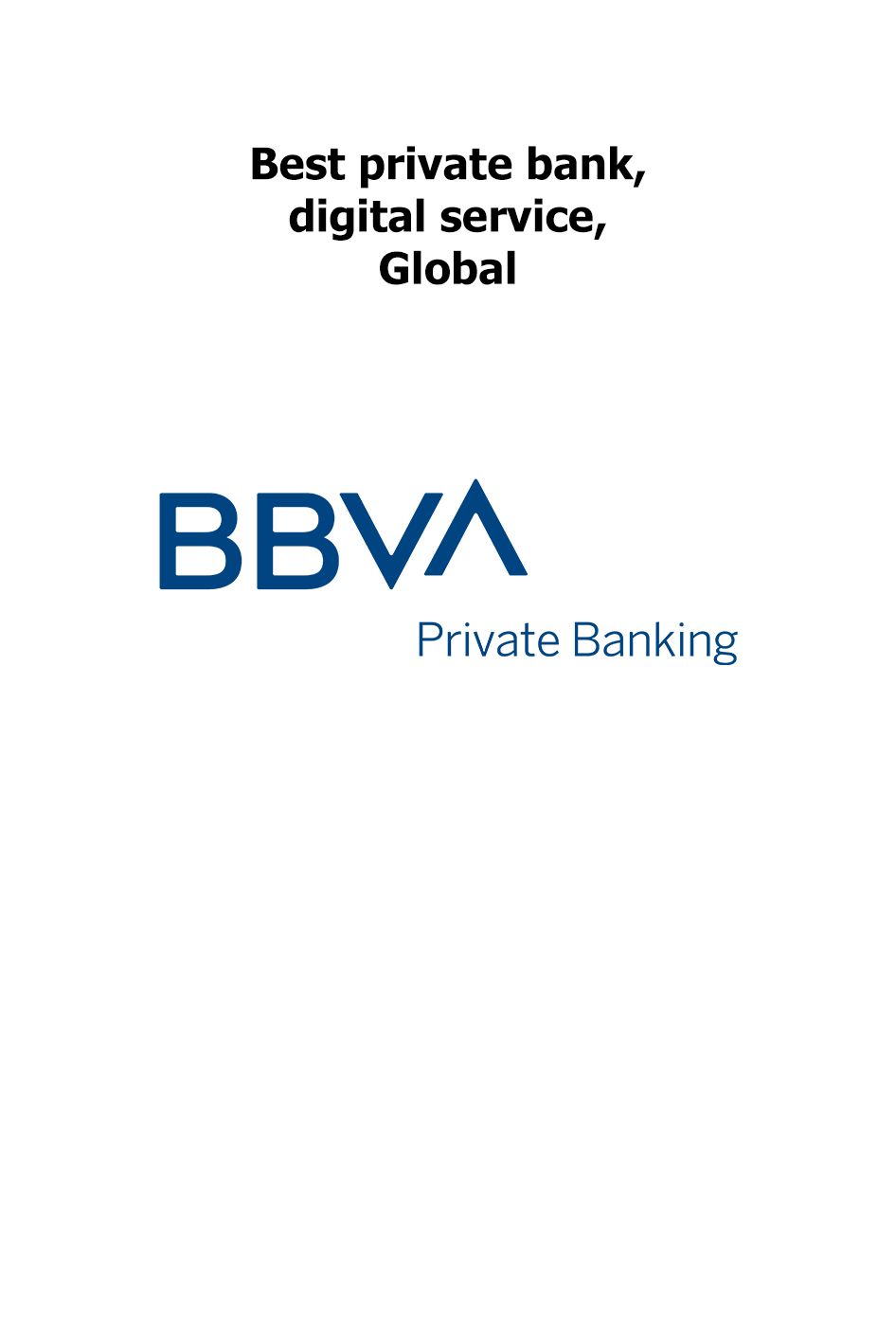
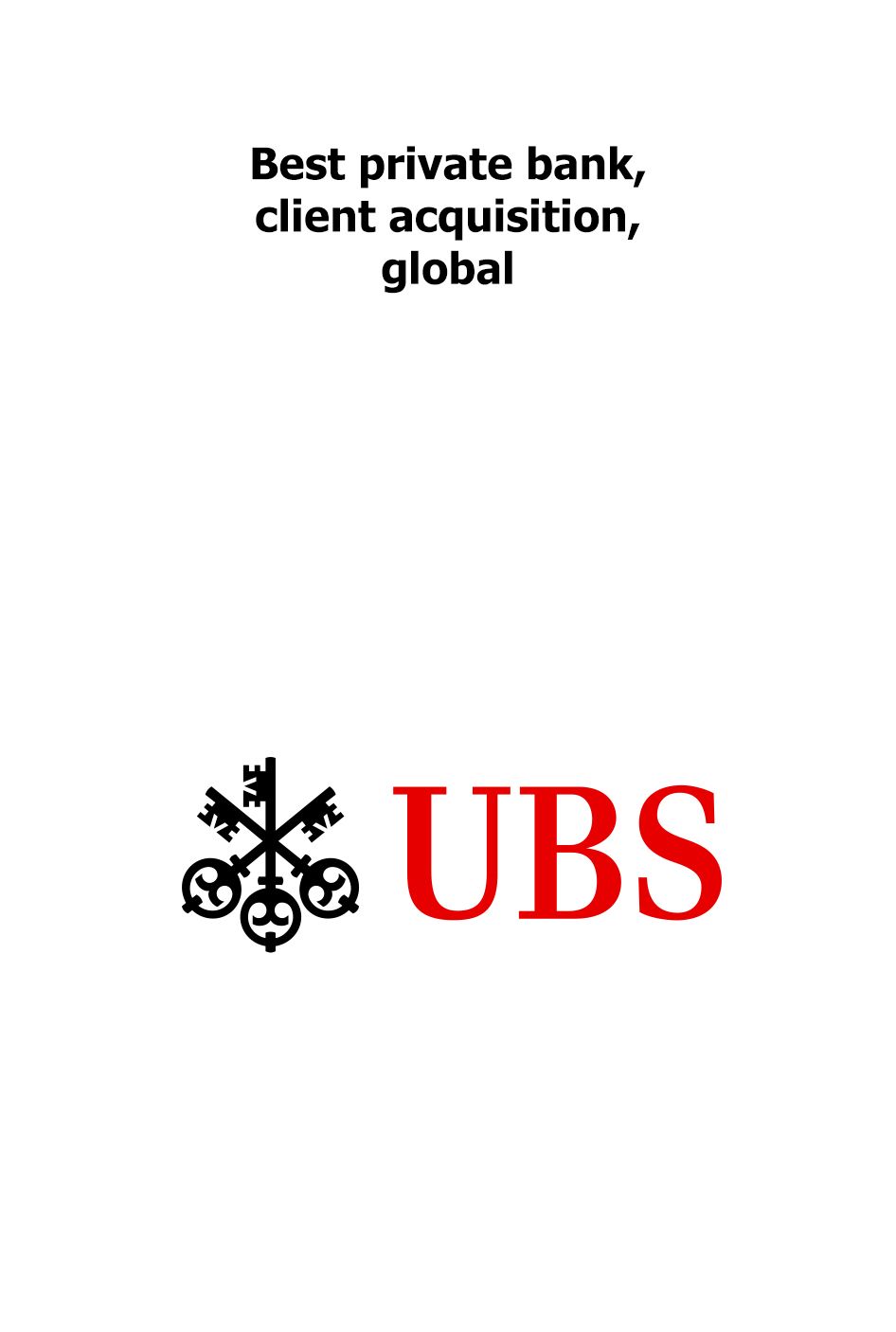
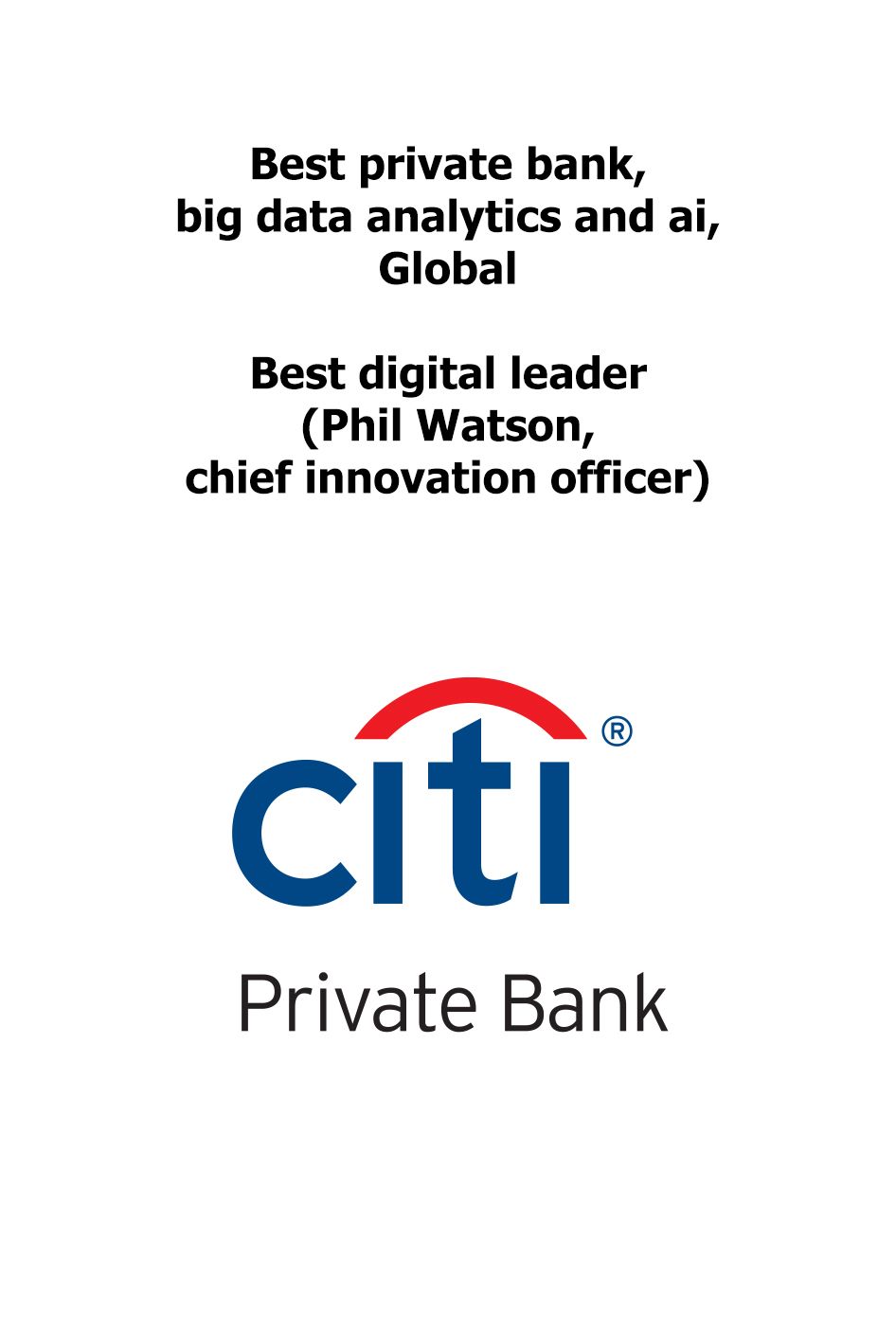
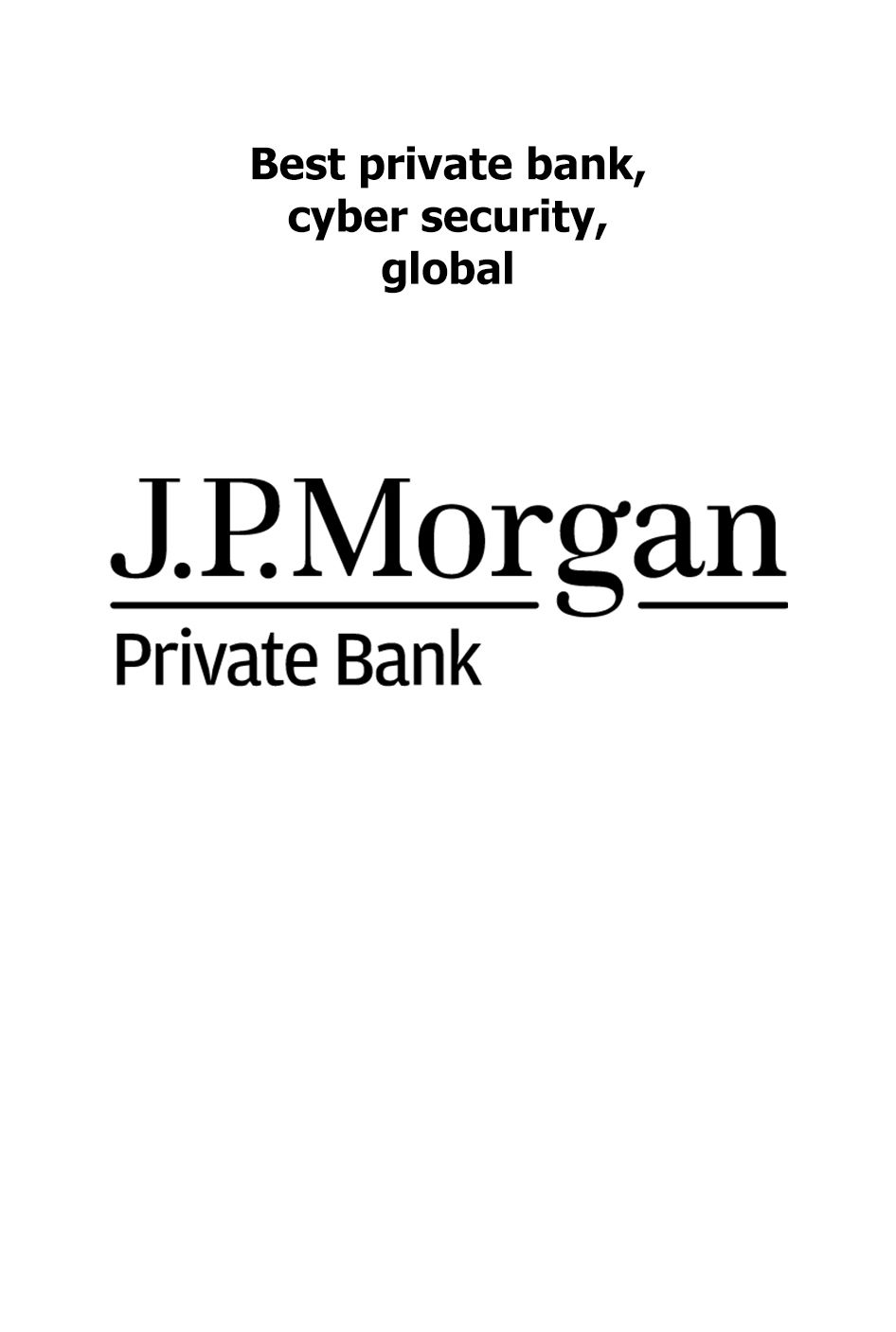
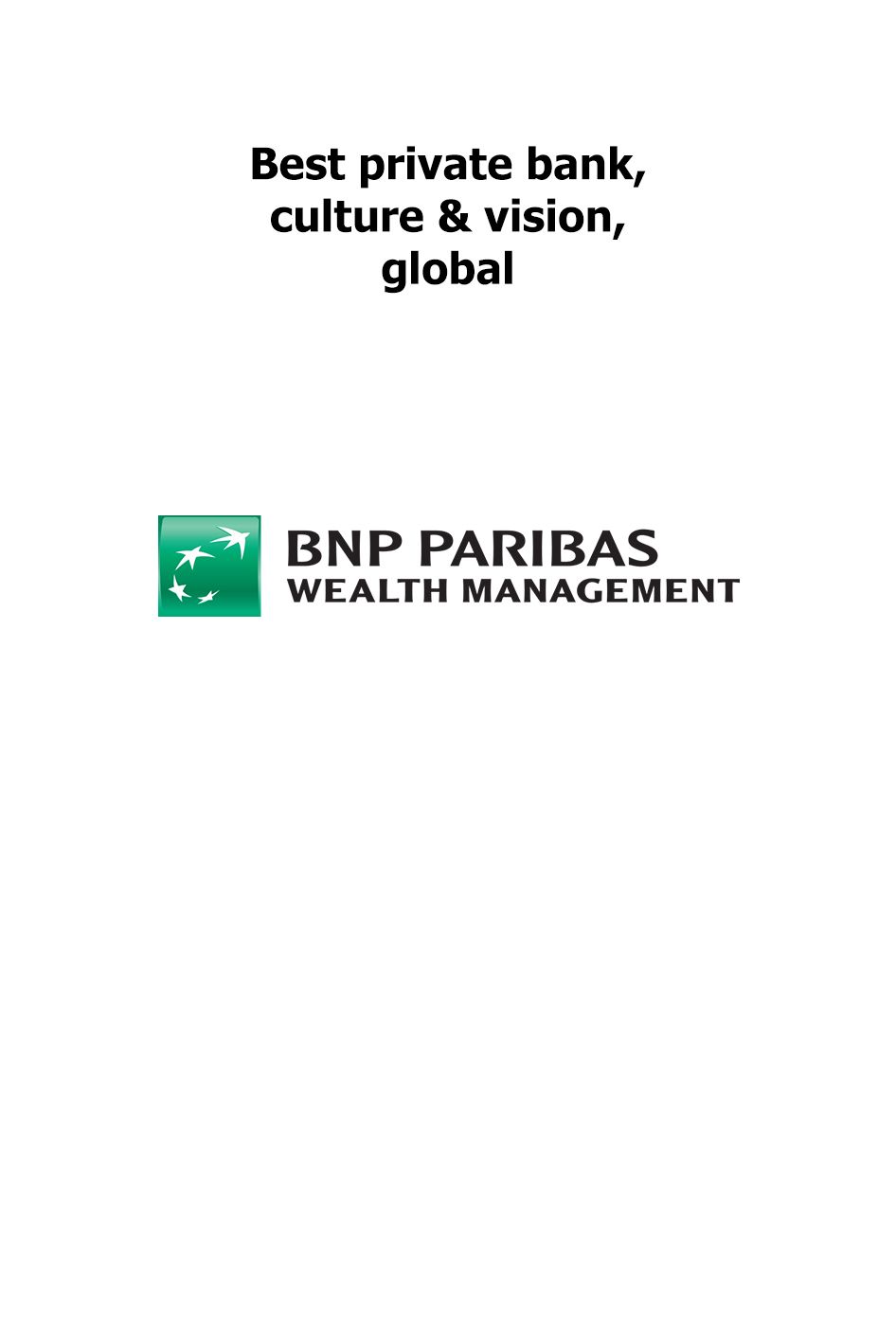

ASIA & AUSTRALASIA

China Merchants bank
China Merchants Bank (CMB), the first mover in the booming Chinese wealth management marketplace, is fast revising the type of customer it is setting its sights on. A much younger cohort of potential customers, interested in new technology and receptive to innovations such as digital currencies is becoming the core focus of the bank.
The management at CMB – now finding itself in a more competitive landscape, where rivals are making available significant investment resources – has identified three key challenges it must negotiate to boost business development. The first is building a smoother customer acquisition process.
The second, potentially most central challenge, involves improving the relationship manager’s ability to service clients, organise assets and establish personalised investment plans. The third challenge is
an operational one, predominantly concerned with quantifying and monitoring risks.
Senior bankers understand the bank still has some digital shortcomings, but believe CMB can continue to be China’s leading digital innovator, as long as major investment in new technology continues.
Although there is talk about creating a valuable customer experience in the bank’s digital teams, there is no illusion here about technology’s main function – to facilitate deals which increase the volume of transactions.
The bank has been particularly active and vocal about its use of artificial intelligence to replace physical workers, to make the trading process a more efficient one, boosted by a stream of big data, used to better understand a customer’s demands and needs for investment products.
Rather than a “catalyst”, CMB sees the Covid pandemic as a further “push” for the bank’s move into the digital arena, with online delivery models fast becoming the norm. China’s attractiveness as a vibrant wealth market has been recognised by the move from US-based JP Morgan Asset Management to take a strategic 10 per cent stake in CMB Wealth Management and a recent tie-up between Goldman Sachs and ICBC.
CTBC Bank
Because of the pandemic, client interest in wealth planning has meaningfully increased, with more customers willing to use digital tools to achieve their goals, explains Amy Yang, CEO of retail banking, CTBC Bank.
Robogo, the robo-adviser platform which the Taiwanese bank launched in 2017, experienced a significant growth in the number of transactions and assets purchased, which surged by more than 140 per cent and 120 per cent, respectively.
The platform embeds an auto-allocation mechanism, relying on feedback based on “AI deep learning”, aimed at reducing past judgment errors and improving market forecasting.
In the first quarter of 2020, CTBC launched two new services on the platform: goal-based planning to enable customers to plan their own financial goals, and retirement planning, which helps customers build a personalised investment portfolio for making up their retirement savings gap.
Today, customers aged 45 and below account for nearly 74 per cent of Robogo investors, and more than 60 per cent of Robogo investors who participated in the goal-based planning service are below 45 years of age.
“Digital clients, especially aged below 35 years ago, prefer to use digital portfolio tools to manage different investment goals. Robogo goal-based planning attracted clients who are new to investing and younger,” reports Ms Yang.
Believing in the value of combining technology with the human touch, last year the bank introduced human support to offer a hybrid robo-adviser model. Talking to financial experts through an online chat or by phone was particularly helpful for investors to get reassurance and guidance during 2020’s volatile and unpredictable markets.
Industrial Bank Co. LTD.
A few initiatives have been successful in improving clients’ digital wealth planning experience at Industrial Bank. “Breakthrough innovations” in data apps have allowed Industrial Bank to target potential customers based on the analysis of their profile and design wealth products based on the characteristics of different customer groups.
The Chinese bank has also focused on improving the customer experience. The Wealth Checkup of the private banking mobile app provides wealth planning advice to private clients, allowing them to purchase “high quality” products.
In 2020, Industrial Bank launched the first domestic fund of fund portfolio named ‘Xing Cheng Optimal Plan’. The diversified investment solution aims at matching the product risk-return attributes with customers’ risk-return preferences, better managing the product life cycle and asset allocation, while also smoothing market fluctuations.
The pandemic has greatly increased client desire to improve their wealth planning, says Xuxian Dai, general manager of Industrial Bank Private Banking. “The uncertainty of the economic and financial environment has forced customers to change their previous investment habits, thus raising their awareness and need for wealth planning.”
Offering a compelling digital wealth planning experience is an important differentiating factor in private banking, and helps attract new clients. “Private banks could build a service ecosystem by providing comprehensive services with partners to reshape high net worth individuals’ wealth management journeys,” he says.
Looking to the future, Industrial Bank Private Banking aims to build a “comprehensive system platform” that can integrate CRM, channels, products, sales and services to offer a better user experience.
“In terms of wealth management, we are planning to optimise the functions of our intelligent, personalised investment consulting services soon and apply AI methods to offer more accurate wealth planning and asset allocation recommendations for clients,” adds Mr Dai.
ICICI Securities Limited
ICICI Securities’ digital investment platform, ICICIdirect, is one of India’s first digital equity broking platforms for self-directed investments.
“ICICI securities has always been among the front-runners in digital investment in India,” claims Anupam Guha, head of the private wealth business for ICICI Securities. “We offer digital solutions across the client lifecycle, from wealth creation to preservation and transfer. This sets us apart from other fintech firms offering predominantly trading services.”
Online onboarding enables customers to open an account on the platform in just 10 minutes. A recently launched content website for private wealth customers drives client engagement and facilitates online acquisition.
A variety of investment products are available on ICICIdirect, including direct equity products, fixed income, global solutions through a partnership with US-based Interactive Brokers, managed portfolios, as well as insurance and loan products.
The platform also offers premium portfolios, which are long-term equity portfolios with periodic rebalancing. To enhance the offering, the firm has recently onboarded a few registered investment advisers (RIAs) with “substantial market experience” to create portfolios and make them available to other customers to subscribe to. RIAs get a share of the fees on the assets invested in their portfolios.
Services available on the platform range from capital gain and tax statements, research and content to consolidated portfolio analysis. Through eATM, clients can obtain payout of equity sales proceeds within 30 minutes.
“The pandemic has been difficult for laggards in digital transformation. We saw new client additions increase during the pandemic, as clients from traditional offline brokers and wealth managers flocked to wealth managers like us,” states Mr Guha
Kotak Wealth Management
While going digital was one of Kotak’s top priorities before the pandemic, lockdowns and social restrictions led the Indian bank to accelerate its digitalisation.
Key improvements made last year, which have empowered relationship managers (RMs) and enhanced customer service, include digital customer bank account opening with a video ‘know your client’ based solution, a digital signature solution enabling paperless documentation, and a customised portfolio reviewing platform to cater to the requirements of large family offices.
The bank also launched a CRM system to track customer engagement and opportunities. Moreover, it automated business reporting to enable RMs to track their progress on key responsibilities, allowing them to identify customers lacking in productivity and needing attention.
To effectively monitor customer requests, the bank designed a task management solution to ensure emails received from customers and front-end teams are converted into tasks, with in-built escalations on ‘turnaround time’ breaches and alerts for various important regulatory breaches.
These initiatives contributed to increase the bank’s relationship net promoter scores to 55, up from a single digit score the year before.
“The journey of making a digital solution successful starts even before the launch by having an inclusive process of product design,” observes Oisharya Das, CEO Wealth Management at Kotak Mahindra Bank. “This ensures higher ownership from end users by taking on their inputs and feedback early on.”
Once the product is launched, it is important to follow pre-defined steps to maximise the launch impact. These include: focused communication across mediums and platforms to ensure visibility of new solution, training of users in small groups, hand holding users in the initial adoption period, regular tracking of adoption by monitoring key metrics, and periodic communication on the solution to highlight key benefits.
Following the launch of the bank’s CRM system in May 2020, adopting these steps has ensured 86 per cent of RMs now use the system regularly.
ICBC Private Banking
ICBC Private Banking has launched new initiatives to improve the management of its client base, centralise and streamline communication as well as enhance the quality and consistency of private bankers’ relationships with their clients. These helped improve customer loyalty and enhance private bankers’ productivity.
At the core of it all is its customer ‘portrait label’ system for private banking clients, which allows a better matching of products with customers, based on Turing machine learning on customer behavioural data. Using a data-driven loyalty scheme, the system, which is also available as a mobile app, gathers customer information including consumption patterns, transactions and marketing impact, allowing private bankers to gain a deeper knowledge of the client. This results in a more personalised service, improved customer satisfaction and loyalty. It also helps in predicting fund flows and facilitates targeted marketing.
Advisers’ productivity has improved, also thanks to an ‘intelligent’ asset allocation service using big data model analysis. It generates reports on investment income, market views and outlook, while suggesting asset allocation strategies and making recommendations on products and liquidity levels.
To improve the platform, the Chinese institution has established a ‘mutual support’ online community, encouraging comments and feedback from wealth advisers, inviting them to participate in the development, testing and experience of key projects
Kasikornbank PCL
During the Covid-19 crisis, Kasikornbank launched its KBank Private Banking YouTube channel to provide timely information to clients about market developments as well as investment recommendations. The initiative was so successful that the Thai bank has decided to continue using YouTube as one of its main communicational channels in the future.
While its live webinars have also gained popularity, the institution has continued communicating with clients through phone calls and personal text messages, via a chat app, during the health emergency.
The biggest proof that the bank’s communication has been effective is that clients have stayed invested during the crisis, explains Jirawat Supornpaibul, private banking group head of Kasikornbank. Digital channels have also helped the bank target new prospects and reach new clients. “Traditional marketing, through physical events, mainly focuses on ‘high-value’ clients. Digital communication empowers us to serve all client groups at no extra cost,” states Mr Supornpaibul.
Digital channels have proved particularly popular with wealthy millennials. To capitalise on this success, the bank has adopted a new, more informal “mood and tone of communication”, believed more suitable to younger cohorts, for instance using infographics or animation to explain financial concepts.
Kasikorbank’s goal is to relieve clients of any financial worries, allowing them to focus on their family and business and achieve “perfect wealth”, which is wealth combined with happiness deriving from a worry-free life.
Staying close to clients during a crisis can bring valuable benefits. “A crisis is the real chance for a brand to prove not only the effectiveness of their investment strategies but also the quality of their service,” adds Mr Supornpaibul.
Tashin International Bank
Taishin International Bank uses algorithms such as BiLSTM (Bidirectional long-short term memory) and XGBoost to help advisers better understand customers’ needs and build a more personalised asset allocation approach.
The broadening of data type used, including client browsing on online banking or voice data in customer service calls, helps advisers obtain a more complete understanding of the client. New computing technologies improve data timeliness and speed up response.
As a result, asset allocation is more in line with customers’ risk preferences and needs, clients and advisers save time, and the bank’s marketing strategy is more targeted and effective.
“AI is becoming increasingly important for Taishin, in its digital transformation,” says Yu-Min Yang, vice president of segmentation division, Taishin International Bank. “The main capabilities we have developed include machine learning (ML), natural language processing (NLP) and predictive analytics to help relationship managers offer personalised, value-added services and deliver an optimal user experience,” says Ms Yang.
For instance, Next to Buy Prediction uses ML models to offer customers additional products at the right time. The Taiwanese bank uses NLP to filter out information most relevant to investors’ specific needs. NLP is also used to optimise the bank’s online chatbot, to offer precise and instant answers to customer questions.
Taishin is “democratising” AI technologies, making them available to marketing and product teams, and generally making data accessible to every business unit, says Ms Yang. “However, competition in the financial sector has become primarily centered on technology innovation, thus private bankers must continually test the feasibility of novel technological solutions, such as AutoML and Explainable AI.”
Taishin collaborates with start-ups such as Appier, leveraging their technical strengths in AI and ML “to develop viable business models, reduce operation costs, and enhance technological competitiveness.
ANZ Private Bank - New Zealand
The pandemic has reinforced the importance of timely, relevant and ongoing communication, leading ANZ Private Bank to introduce new services to strengthen client relationships and improve customer service timeliness. Digital-led ‘Market Flashes’ sent out in response to key defined trigger points have been critical in continually keeping clients informed, particularly during the extreme volatility of the first part of the pandemic.
“This meant we were able to reassure and help clients continue to focus on their long-term objectives,” says Craig Mulholland, managing director of Wealth and Private Bank for ANZ Bank New Zealand. Well-timed communication helped customers avoid “knee-jerk” decisions, such as switching to cash or more conservative options, and missing out on the subsequent bounce back in markets, he adds.
A new series of webinars on key economic and investment-related topics allowed the bank to reach a wider range of clients more easily. “Clients loved the ease and convenience, so much so that we’re continuing the webinar as part of our core service,” reports Mr Mulholland.
Among other new digital tools, a recent redesign of the bank’s website, in conjunction with the refreshed customer value proposition, has helped the institution better communicate its proposition to potential clients.
These initiatives contributed to generate the “best client satisfaction score ever off an already extremely high base”. During the pandemic, 91 per cent of clients were ‘very satisfied’ with the bank’s service. The Net Promoter Score also improved by four percentage points to 64 per cent.
While market volatility caused many investors to consider exiting the market, the bank’s AuM remained “largely unchanged” during the past financial year to the end of September.
DBS Bank
When DBS CEO Piyush Gupta announced his “innovate or die” mantra in 2013, his bank was Asia’s leader in digital innovation. Since then, many regional players, particularly the Chinese banks, have spent vast amounts on technology. Yet this strengthening of the entire ecosystem is very much welcomed by DBS.
“The Chinese banks are indeed formidable competitors. But be they Chinese, European or American banks, we welcome competition from all fronts as this drives the banking industry to progress as a whole, which will ultimately benefit customers,” says Sim S Lim, group head of consumer banking and wealth management at DBS Bank.
Recently, the Singapore-based bank has been “doubling down” on its signature intelligent banking capabilities, harnessing big data, AI and predictive analytics to deliver hyper-personalised insights.
“This benefits our clients by empowering them to make holistic investment
decisions and capture timely opportunistic investments,” believes Mr Sim. “Today, one cannot be a serious player if you are not in the digital space. Digitalisation and innovation are deep-rooted in our DNA, and we are in a relentless pursuit of excellence and improvement. As our competitors catch up, we move forward again.”
Then again, DBS has always expected its biggest rivals to come from outside of the banking sector and is the likes of Asian regional tech champions Alibaba and TenCent that have provided inspiration for the early chapters of the bank’s digital story.
“Throughout our digitalisation journey, we have looked to leading tech and fintech companies, not the banks, to inspire our tech architecture and mindset and to create greater customer experiences,” says Mr Sim.
“These companies have been a valuable addition to the banking industry – their emergence challenged the status quo and forced both banks and banking regulators to respond accordingly, or risk turning irrelevant.”
BANK OF SINGAPORE
Bank of Singapore’s revamp of its digital channels in early 2020 along with continuous enhancements made to improve clients’ digital engagement have proved especially effective during the ongoing Covid-19 pandemic. The bank has experienced close to a 50 per cent increase in digital adoption among its clients, with about 80 per cent of client accounts now digital.
The bank’s portfolio management platform has helped enhance investment decisions by offering customers real time, 24-hour client portfolio updates, providing market and product advisory insights tailored to client needs, recommending investment ideas and giving access to investment research and advice.
“Digital technology has created opportunities for clients to leverage and access data and information, allowing them to make more informed investment decisions,” says Praveen Raina, global head of operations and technology, Bank of Singapore. “It has also bridged geographical and temporal limitations, allowing transactions and interactions to take place anytime and anywhere.”
Looking to the future, the bank’s goal is to give clients access and flexibility to do more themselves, whether it is trading capability, document submission or analysis of portfolios, explains Mr Raina. At the same time, it aims to deliver “personalised and contextualised information which is relevant to clients from a segmental, geographical, or demographic perspective”.
The bank sees “tremendous growth opportunities” to further mature its data analytics capabilities for clients. “Therefore, we have been capitalising on our data rich platform to enable content-led advisory products and services through deep personalisation. At the same time, we have also been upskilling employees to facilitate this consumption of data,” adds Mr Raina. ET
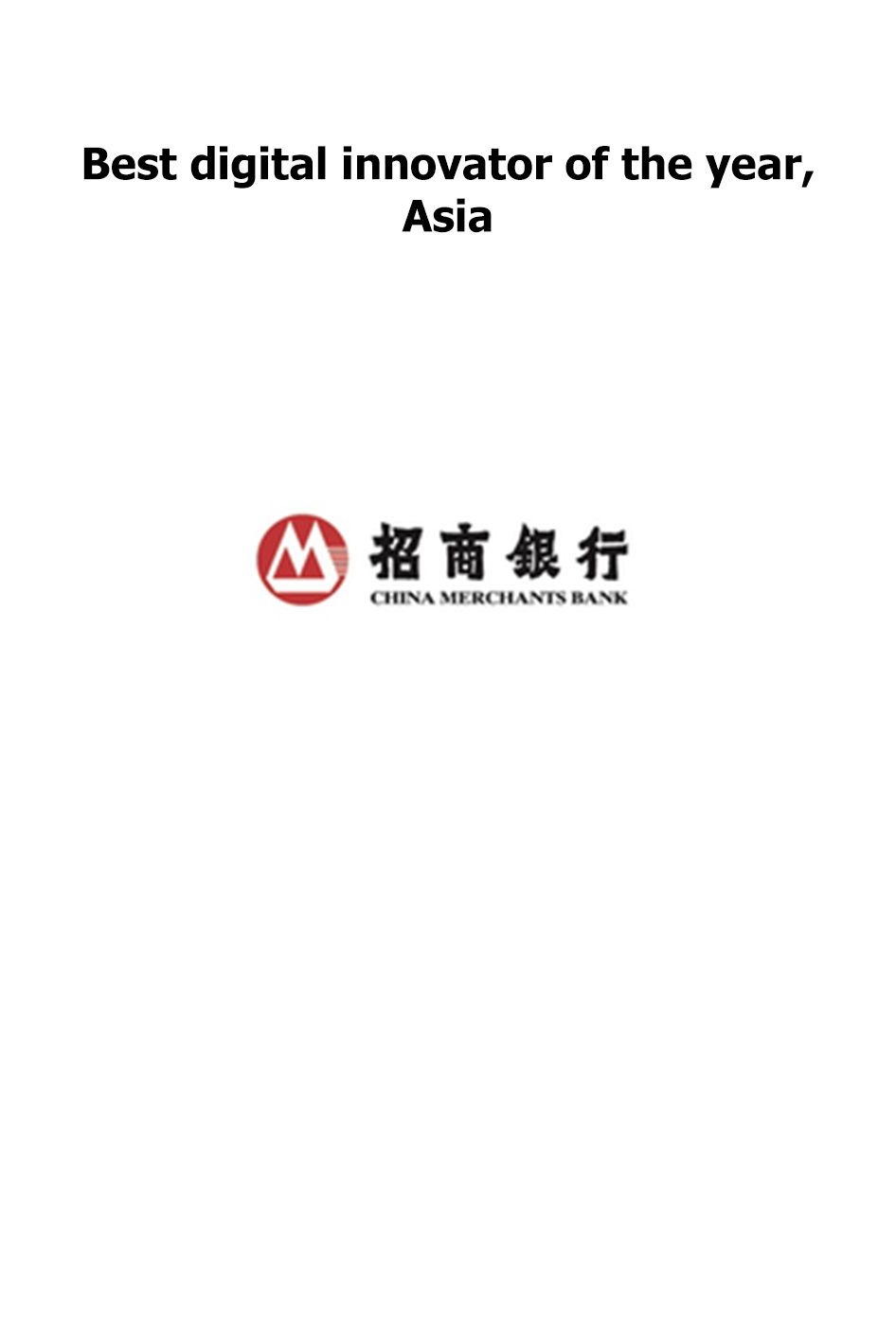
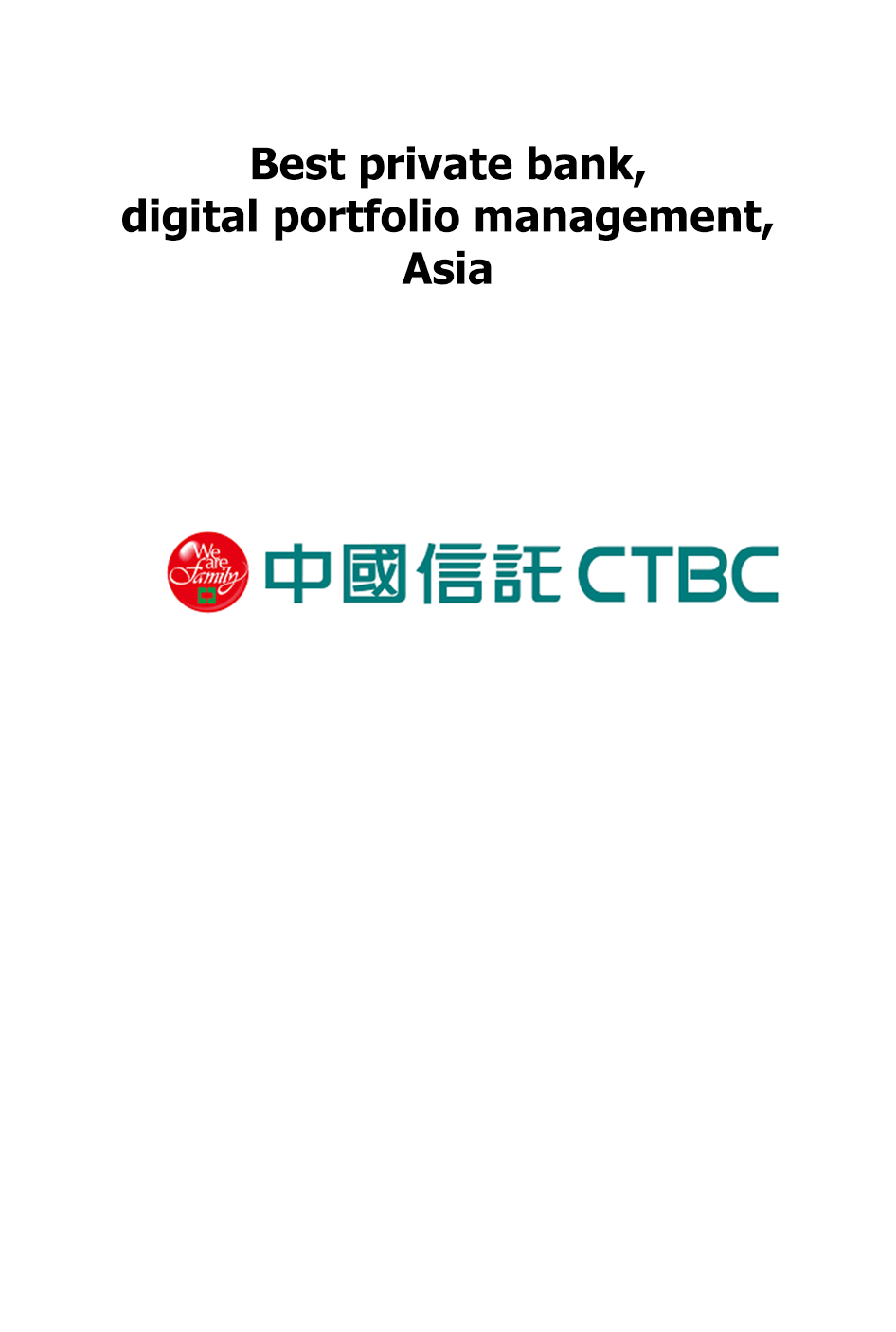
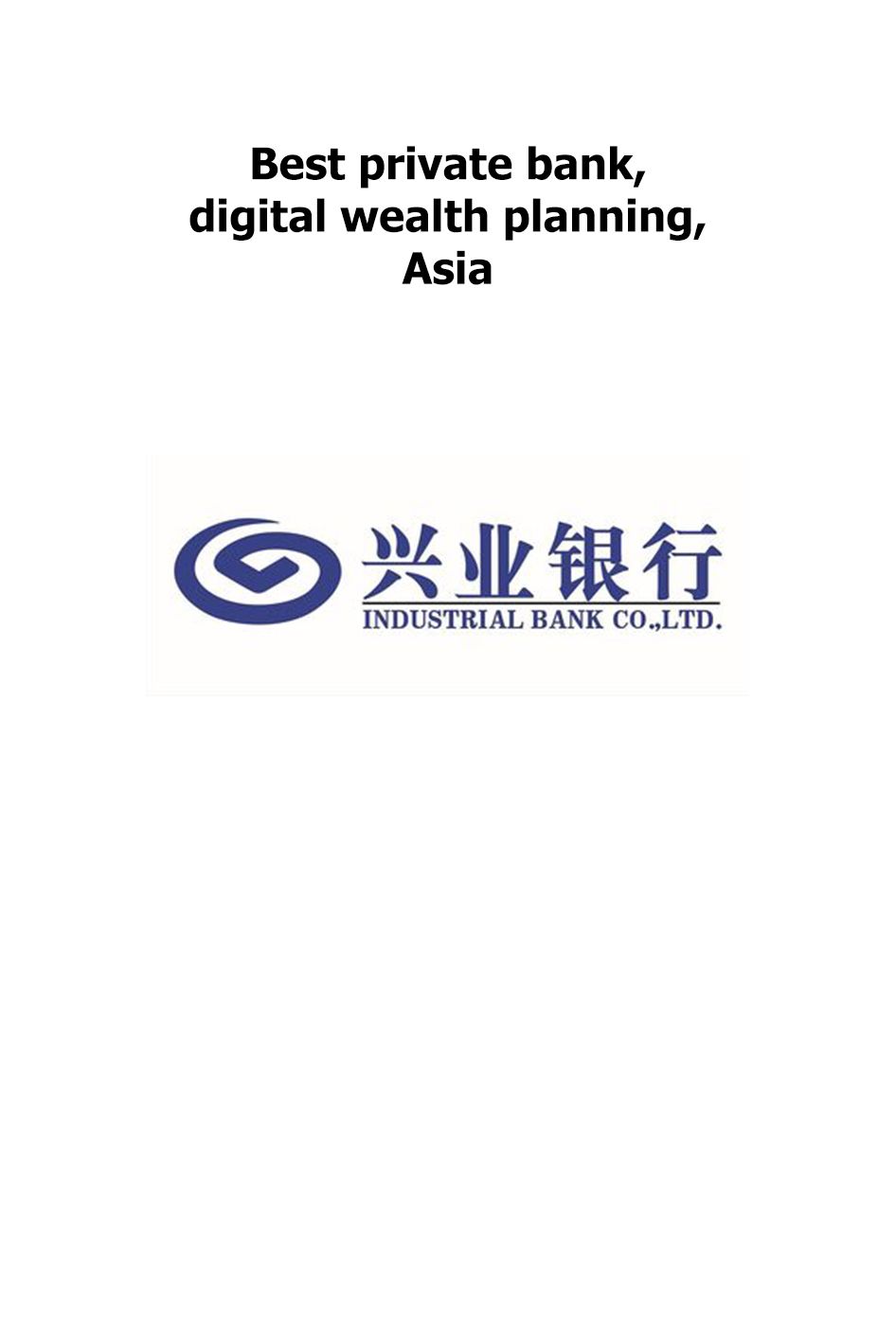
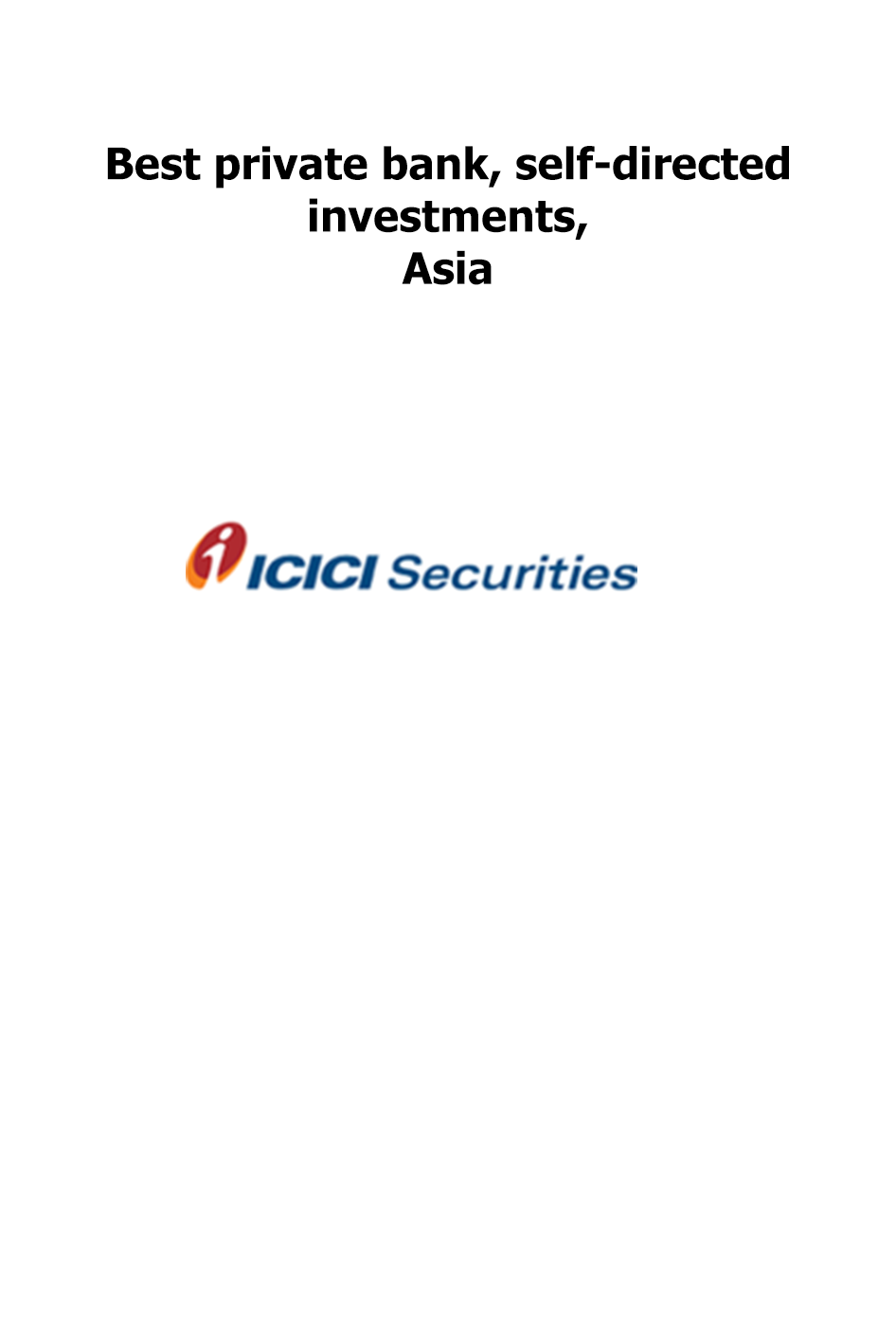
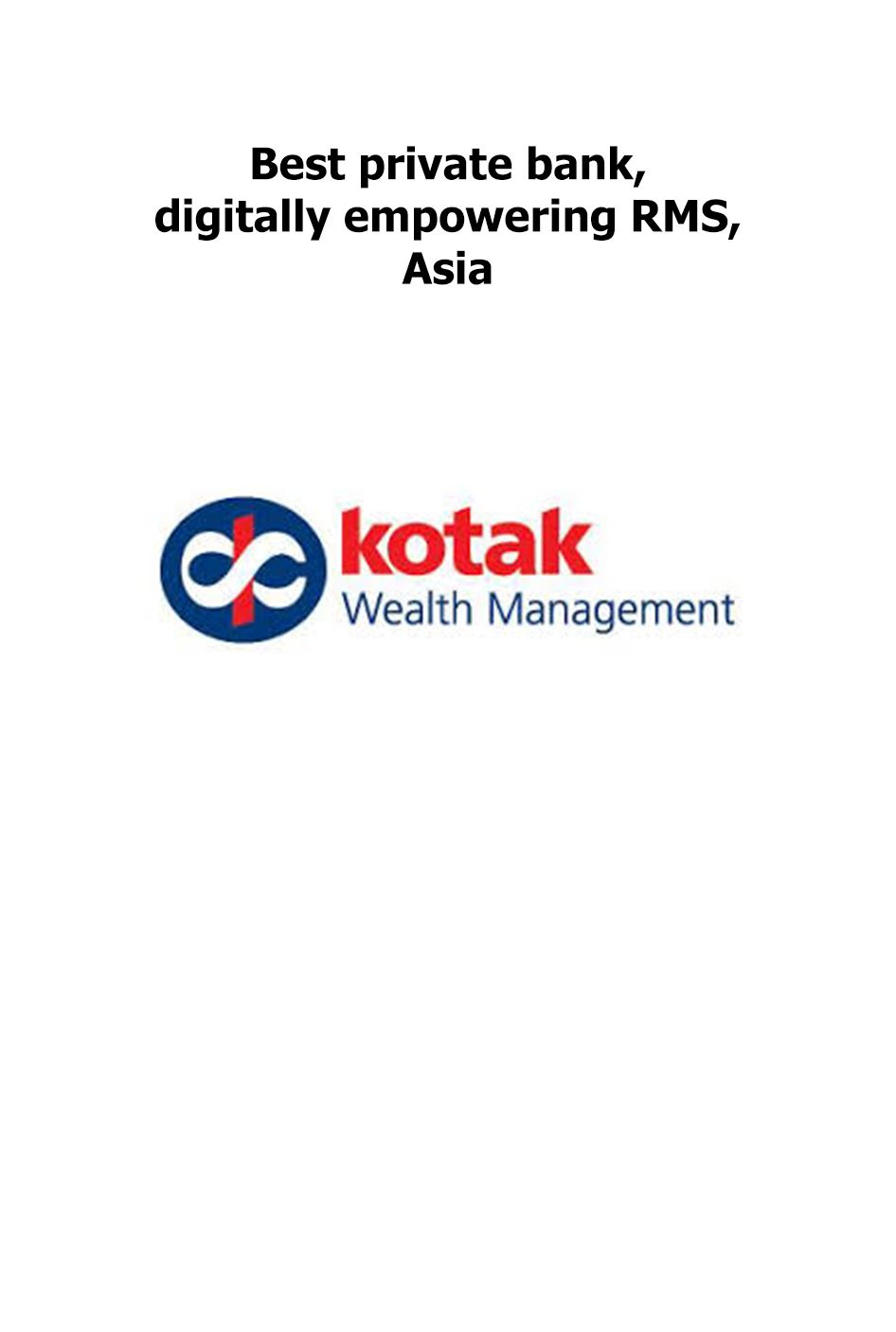
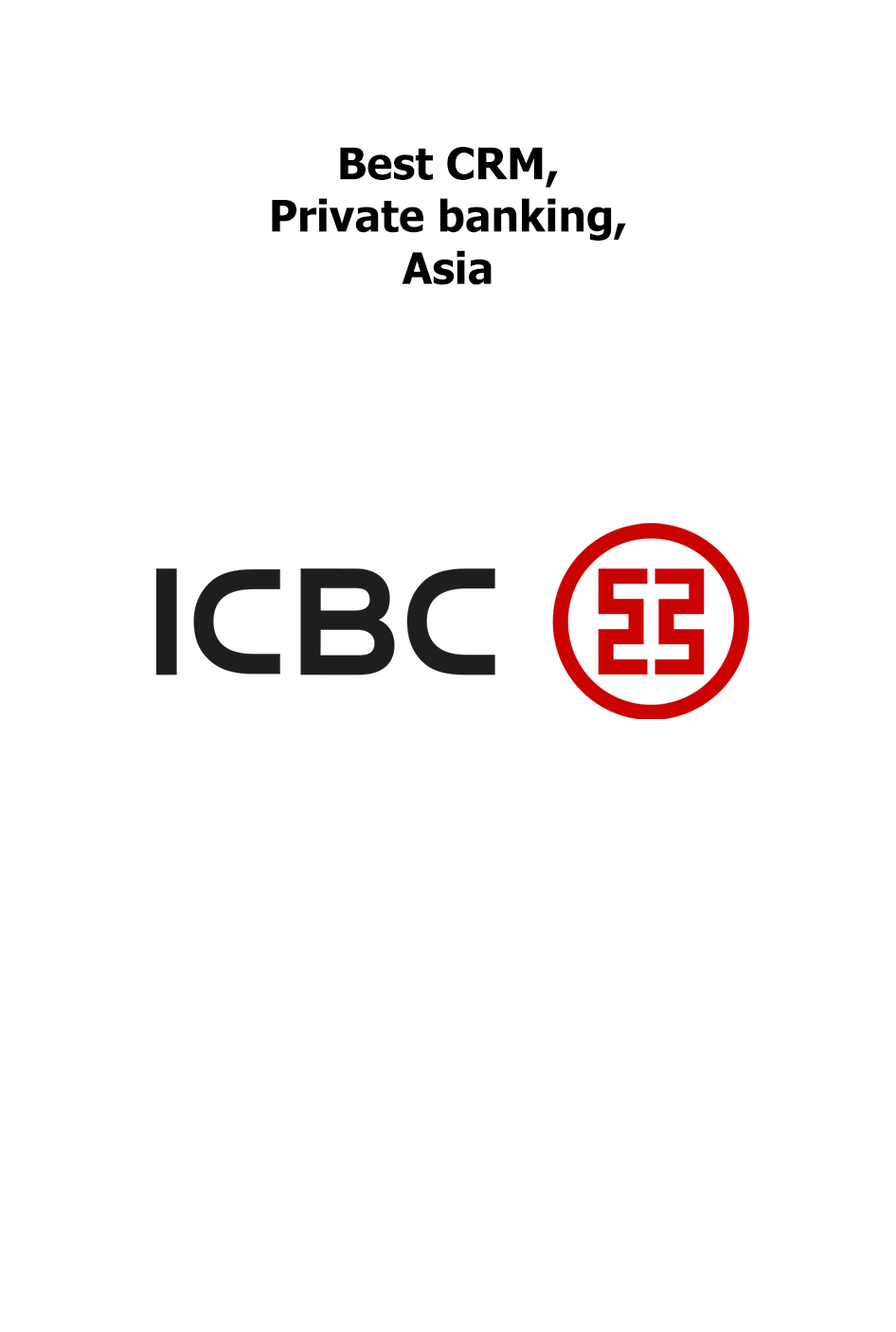
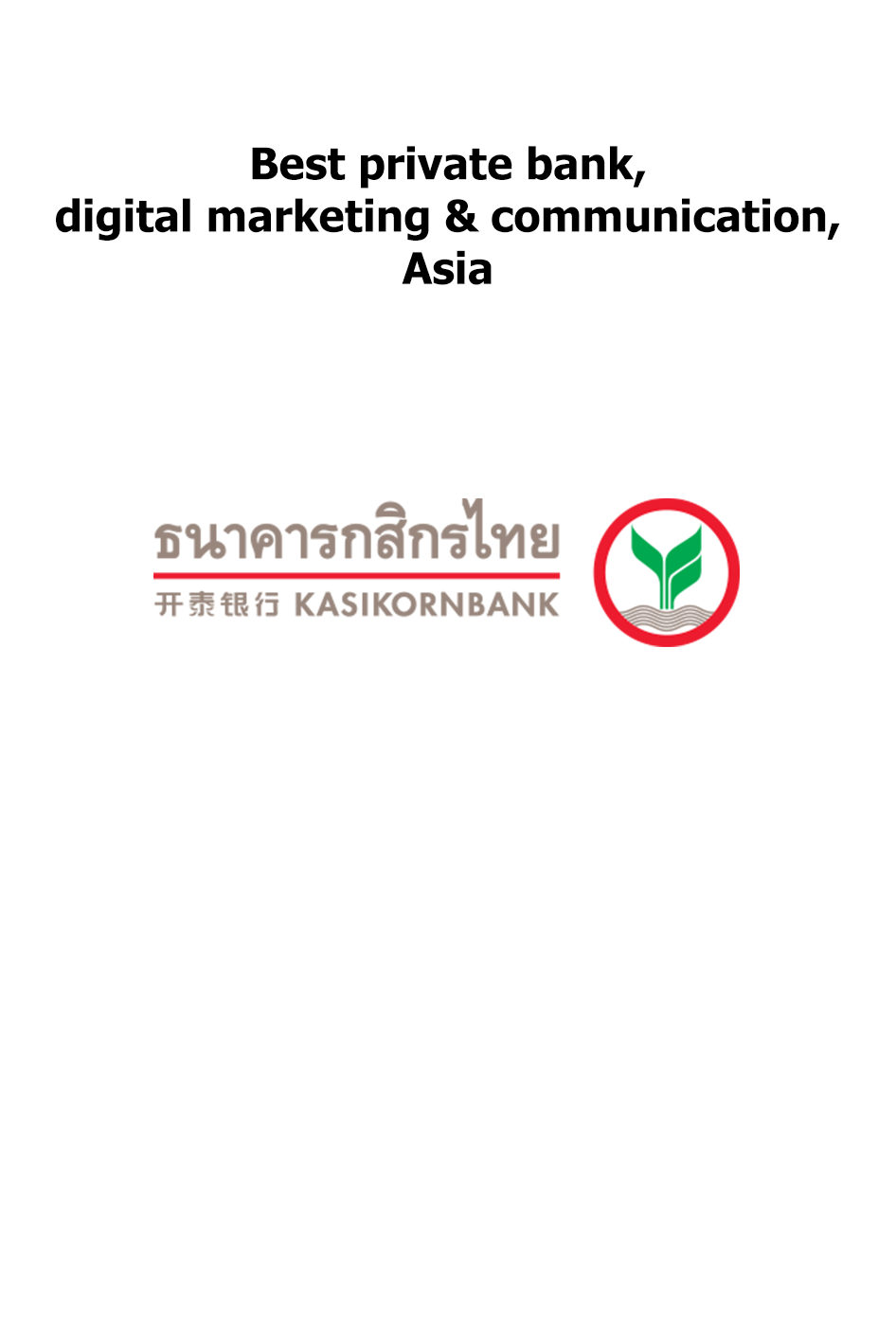

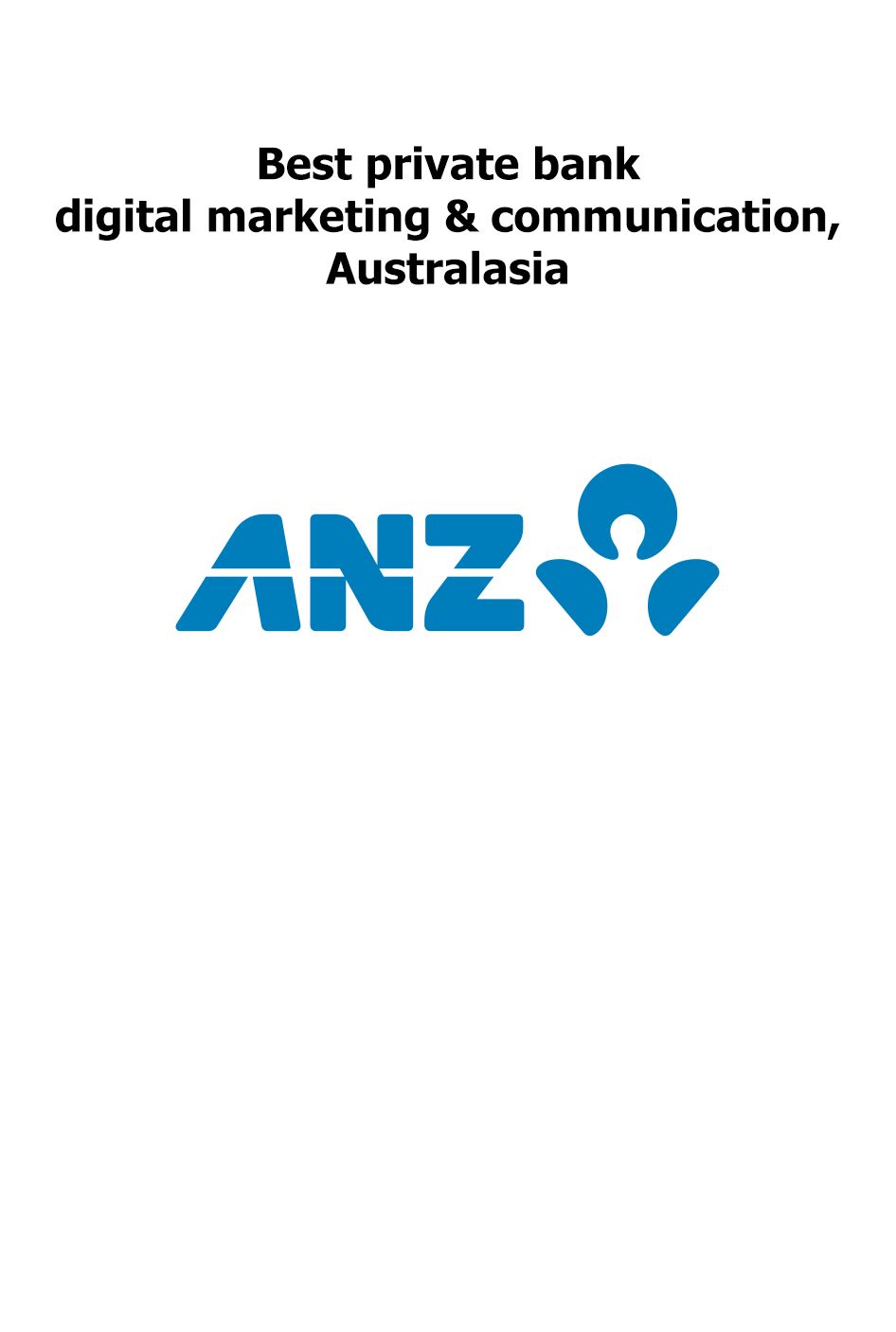

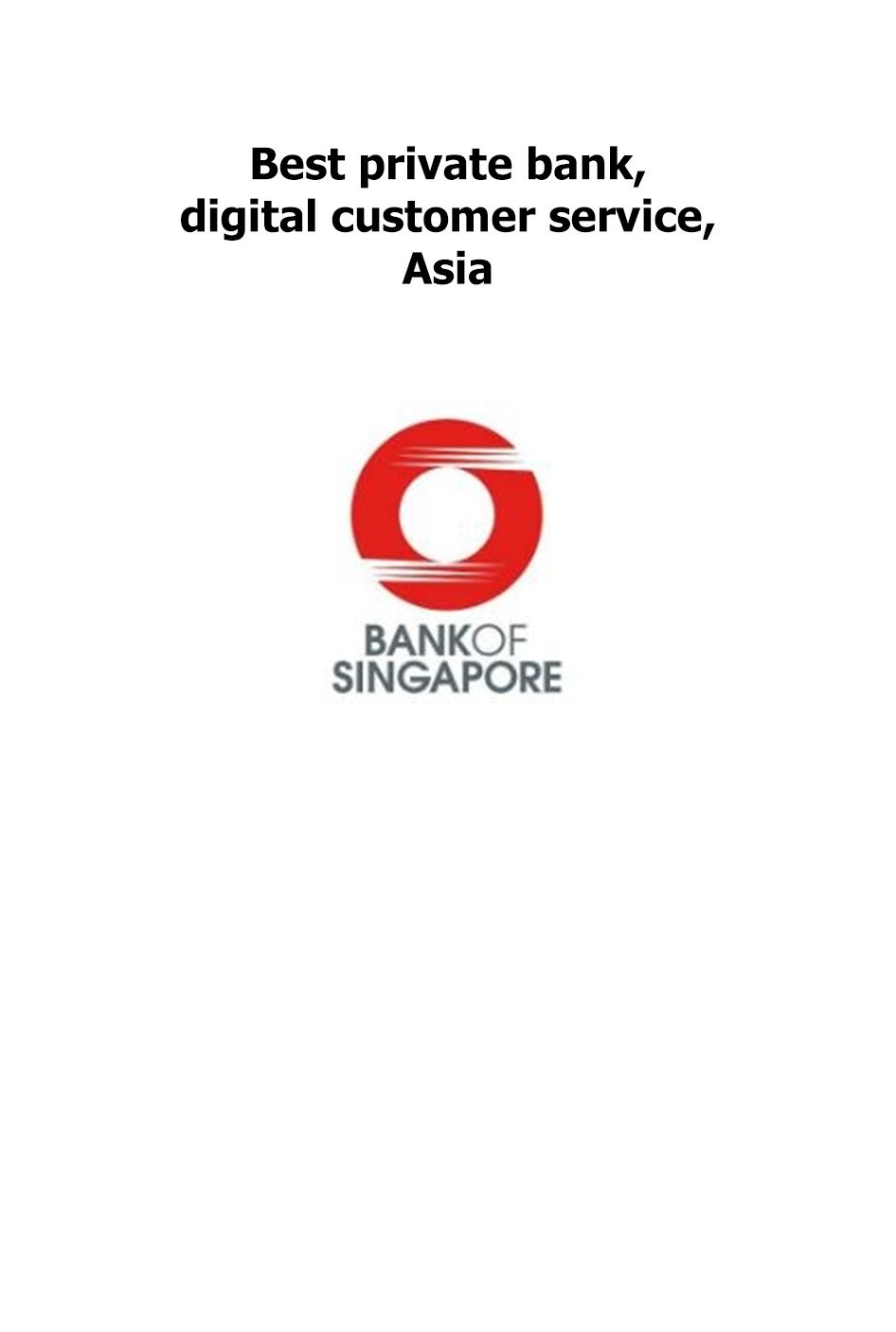
AFRICA & MIDDLE EAST

Investec
Investec’s “high-tech, high-touch” philosophy is at the base of its One Place proposition, which allows clients to get a consolidated view of their banking and investment accounts, locally and internationally, on one platform with one login.
“We are a people and technology company, our clients experience us in this way and expect us to be advancing digitally continuously,” says Lyndon Subroyen, global head of Investec Digital.
Leveraging technology enables the bank to automate administrative and repetitive tasks, allowing private bankers to focus on servicing clients and add value, while also empowering them.
Investec’s My Investments’ platform, available on the bank’s two primary digital platforms, ‘Investec Online’ and ‘the App’, is an example of effective combination of tech and service. This is largely a self-directed investment platform, but is also supported by a team of advisers, who give advice and enhance opportunities for cross-selling new product offerings.
Innovation at the bank has continued through several initiatives. These include ‘programmable banking’, allowing clients to access the bank’s APIs and build their own rules and limits, with secure JavaScript functions. The solution, which for instance allows users to manage cards and card spend, targets engineers or software developers who are high earners and wealth creators, explains Mr Subroyen. “The tool speaks to them in a way they are comfortable with, and that’s been an incredible success for us.”
To meet increasing investor demand, the South African bank is about to launch its Digital Asset Vault, piloted last year, which offers clients a secure custodial service for their cryptocurrencies.
But the “huge uptake in digital tools” was driven by people becoming familiar and comfortable with basic technology already available before Covid-19, such as video calls or conferencing.
Technology, such as machine learning and AI, enables personalisation and targeted delivery in a way not possible otherwise. “Clients are pressed for time and they want to be shown content that is relevant to them, be it thought leadership content, new products or services,” says Mr Subroyen.
“That’s been the foundation of Google, Facebook, Netflix and I think it will be no different to financial services in the future.
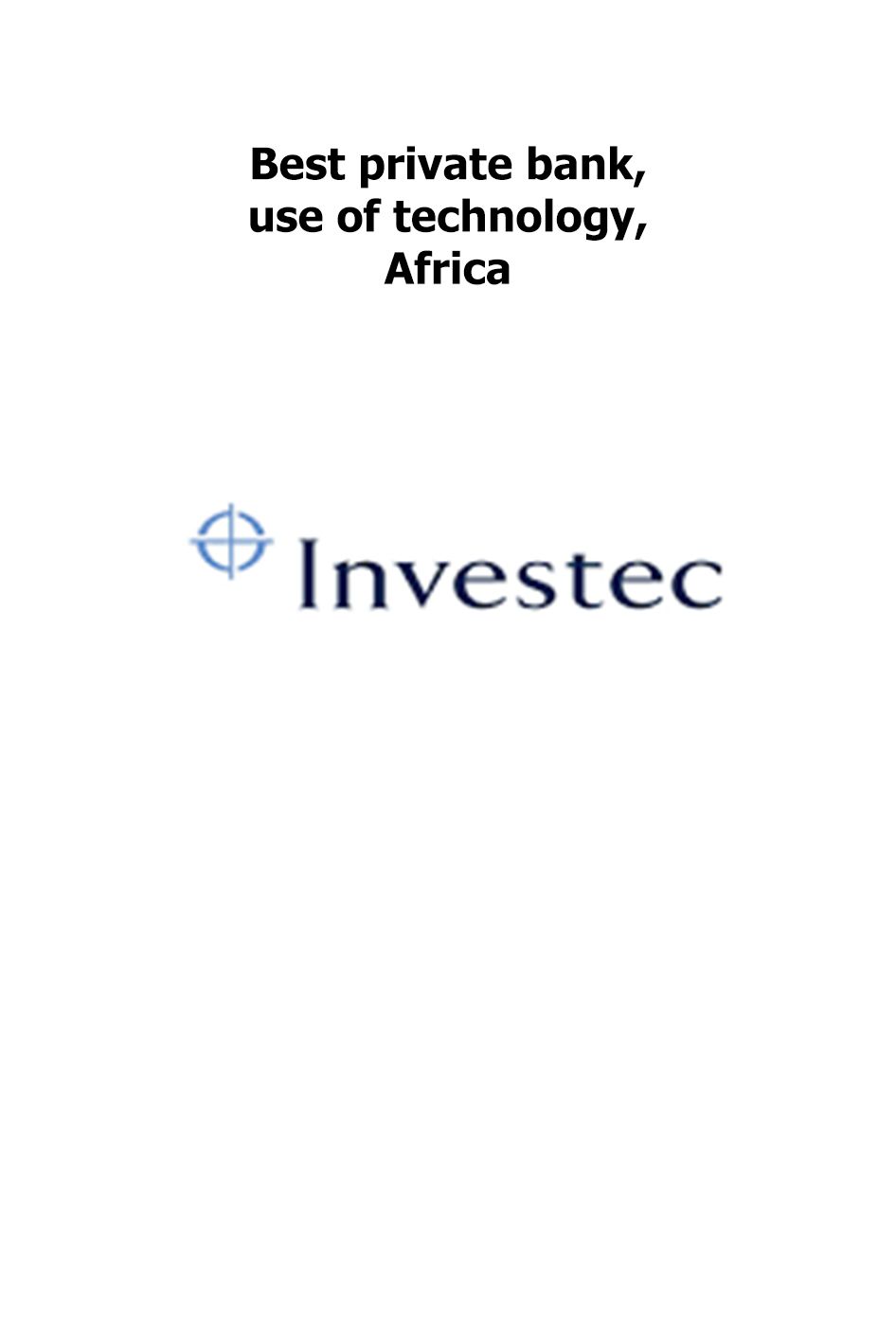
EUROPE & CEE

Berenberg
As a smaller, boutique-style German bank, Berenberg has derived much of its digital innovation from partnerships with external fintechs, such as Dutch start-up, Backbase.
“Our partnership with Backbase brought us the tools and skills required to develop a portal that puts the customer right at the centre of the user experience,” says Klaus Naeve, co-head of wealth and asset management at Berenberg.
“We got a head start by using the Backbase IT platform and out-of-the-box widgets. But the deciding factor for us was Backbase’s capability to provide its agile, user-centred methodology, to seamlessly integrate the bank’s relationship-focused vision and quickly develop a prototype.”
But the bank’s management is not shy to admit that this digital transformation journey has proved challenging in such a traditional firm. “We convinced our relationship managers that digitalisation is an additional tool to help them serve clients,” says Daniel Back, product owner of Berenberg’s wealth management portal, with an intense dialogue helping convince bankers that they remain at the centre of the process.
“Digitalisation does not replace personal interaction, it enhances it,” says Mr Back. “With our portal, customers can get in touch with relationship managers and have the required information at their fingertips. It gives the relationship manager more time for the important things in customer contact.
BNP PARIBAS FORTIS
At BNP Paribas Fortis, the Belgian franchise of the Paris-based global private bank, there is a strong conviction that visual digital experience and technical efficiency should go hand-in-hand, with neither falling behind the other.
One key example to show the importance of this conviction is the firm’s Easy Banking app, a mobile banking tool for daily banking services. “We continuously strive to offer our clients an improved digital experience by offering the desired look and feel, user-friendly options to manage your debit and credit cards, a high level of availability, credit and investment insights,” says Stéphane Vermeire, general manager for private banking and wealth management at BNP Paribas Fortis.
Numbers of active users of this app more than doubled in the period between 2017 and 2020. “For the bank, this offers efficiency advantages to have more time dedicated to our clients for high-value services like their investments and estate planning and to have sizeable resources available for new challenges and upgraded client experiences,” confirms Mr Vermeire.
Another central plank of the digitalisation story in Belgium involves using technology platforms to help facilitate the “human story” of environmental, social and governance (ESG) investments, although this is clearly no walk in the park. “Firstly, there is a great challenge in collecting the relevant ESG data, which companies are now starting to publish, and subsequently in communicating this extra financial reporting [i.e. the ESG impact] in a user-friendly way to our clients,” says Mr Vermeire.
Société Générale Private Banking
In line with the group’s digital strategy, Société Générale Private Banking has been pursuing an ambitious digital transformation plan over the past few years, aimed at shifting its business model from a product-oriented approach to a solution-focused one.
As part of its objective to provide personalised advice, at the beginning of 2019, the French private bank launched Mon Patrimoine (My Wealth), a digital solution offering clients a complete view of their portfolio, including both financial and
non-financial assets, as well as loans, both held at Société Générale and third-party institutions. The tool also helps clients plan their wealth, by predicting portfolio returns and risks scenarios over a five year period. Moreover, it gives client free access to legal and tax resources related to wealth management.
The consolidation of clients’ entire wealth in one dashboard, combined with asset allocation and wealth planning capabilities, allows a “holistic approach” to servicing clients and is a key differentiating factor, believes François-Henri Paroissin, deputy chief digital officer at Société Générale Private Banking.
During 2020’s turbulent stockmarkets, the solution was greatly appreciated by clients, as it facilitated their asset allocation decisions while ensuring confidentiality of their data, reports Mr Paroissin. Last year, the number of users of the tool increased by 66 per cent.
Mon Patrimoine helps educate clients around the benefits of portfolio diversification, particularly in today’s very low interest rate environment, but is not intended to replace the private banker. On the contrary, it helps advisers initiate a dialogue with the client around asset allocation, capture new assets and even promote suitable, internal investment solutions more easily, explains Mr Paroissin. He expects improvements to the tool to be made in wealth planning and impact/ESG analysis
Lombard Odier
Geneva-based Lombard Odier, a Swiss banking stalwart, likes to trace its high-tech roots back to the 1950s, when it was one of the first banks to invest in proprietary technology, provided by IBM.
“Today, professional investors and end-clients consider our IT offering as one of the leading platforms in the wealth management industry in Europe,” says Geoffroy De Ridder, head of technology and operations at Lombard Odier. In fact the platform is so well regarded that it is loaned out to partners, particularly in Asia.
If anything, the pandemic has further strengthened the bank’s conviction that banks with cutting-edge technology platforms have clear competitive advantage over less developed rivals.
As long-term believers in a sustainability agenda, Lombard Odier’s senior management are coming to the realisation that technology will play an increasing role in realising both this agenda and the bank’s broader objectives.
“All through the last decade, we have been conceiving and developing scores, metrics and other indicators to assess sustainability of the companies we invest in,” says Mr De Ridder. “For this reason, we have been using multiple data providers and research expertise across partnerships and internal teams. All information, mostly digitalised, feeds into our sustainability storage platform.”
In order to share this information with the investment teams within the group, Lombard Odier has been developing a user-friendly digital platform, “plugged into our data to show sustainability views of companies so that we help portfolio managers and analysts to select their investments,” he says.
These types of platforms, however need continuous investment and modernisation. Lombard Odier will therefore continue to collaborate with fintechs, such as Swiss digital infrastructure provider Taurus, utilising blockchain and digital asset solutions, to try and stay ahead of the digitalisation curve.
Tatra Banka
There is no universal recipe for success when it comes to using technology in private banking. It is rather a combination of several factors, including a clearly defined strategy and corporate culture, explains Marek Neckar, head of private banking,
at Tatra Banka. The bank’s brand promise to become an innovation leader, introduced in 2009, was just the first step.
“What I consider crucial is the decision-making process, which defines which innovation most offers added value to the client and, ultimately, to the bank.” Maximum transparency and high employee engagement are also important prerequisites.
The digital solutions that most enhance the client experience are the ones that can be used via mobile apps, believes Mr Neckar. The bank’s mobile app, which is compatible with smartwatches, allows private banking clients to have an overview of their investment portfolios, while also providing access to transactions and confirmations of trades made. Clients can also sign documents digitally.
“Telephone communication combined with voice biometrics to identify clients, the digital signature and the mobile app, providing an overview of the investment portfolio, were among the most popular private banking services during the Covid-19 pandemic,” says Mr Neckar. He expects the use of these services to somewhat decrease post-pandemic, but the positive trend for digital technologies to continue.
The healthcare crisis provided valuable information on user experience, from both clients and bankers. “These insights serve as the basis for further digital innovation developments leading to enhanced user satisfaction,” he claims
UniCredit CEE Private Banking
UniCredit made a few key improvements to its mobile digital wealth management app last year, which have significantly enhanced the customer experience. Clients are now able to buy or sell securities by themselves as well as digitally accept an order draft by their bankers.
“Both features really help overcome these challenging times of social distancing,” says Daniela Croitoru, head of UniCredit CEE Private Banking. Tech can make investment decisions much more affordable and easier, she adds. “Having the possibility to make a new investment or reallocate your portfolio with just a few clicks, decreases the barrier to take such step and [enables clients to] invest better and more.”
The platform allows customers to view their consolidated portfolio performance, as well as the contribution of each single product to the total return. During volatile times, the possibility to create their own watchlist and set up price alerts was also very much appreciated by clients, adds Ms Croitoru.
The institution is planning to add robo-advisory features, which may be especially helpful in volatile times to implement automated asset allocation steps for portfolio optimisation, which the client might hesitate to take.
The ability to digitally sign documents, yet to be introduced, will help migrate many operations from paper to digital, speed them up and make them much more convenient, she believes.
The key benefit of a unified advisory solution such as UniCredit’s UniQue, is that it ensures the same level of customer service across the CEE countries in which the bank operates.
Success in digital client service is the result of both talented and skilled people and continuous investments, states Ms Croitoru. “Digitalisation is a challenging process especially in big pan-European banks, therefore it requires serious commitment followed by ongoing efforts
mBank
Over the past year, Poland’s mBank has been busy developing its digital portfolio management tools. The main result has been the introduction of a new digital portfolio advisory session with what it calls a “top notch” portfolio rebalancing engine and digital onboarding.
The new initiative has improved the overall service quality and customer experience, especially enhancing client investment decision making and risk management, explains Krzysztof Bratos, head of private banking at mBank. In fact, the percentage of users who adjust their portfolios, after using the new tool, in line with their investor profile and risk appetite, has greatly increased.
“We see digital portfolio management as an important element to enhance the image of a digital-oriented bank for private banking clients,” says Mr Bratos, stressing the increased value of digital solutions especially for younger clients. “Our objective is to provide customers with a digital experience in each of the wealth management services we offer.”
While fintechs are becoming competitors to private banks “to some extent”, especially in advisory portfolio management, they are unable to provide clients with the full scope of private banking products or a customised approach, believes Mr Bratos.
“The additional, significant advantage of private banks is a sense of security which is brought by reliable, well-known institutions,” he adds.
Akbank Private Banking
Digital innovations which empower relationship managers (RMs) not only increase their productivity but also enhance the client experience.
Thanks to multi-year investments in technology, all employees at Akbank Private Banking are now equipped with iPads. “Our working model is location free; the same level of experience is ensured in and outside the branch,” states Alp Keler, executive vice president, private banking and wealth management at Akbank.
Last year, the Turkish institution developed digital platforms which allow RMs to provide real time prices to clients and execute transactions. These tools include the ‘FX options platform’, the ‘Spot FX trading platform’ on iPad, and the ‘Eurobond and fixed income trading’.
During Covid lockdowns, RMs have been able to access client portfolios, connect clients with investment advisers via video platforms and online meeting tools, while also being able to execute transactions from home through their iPads. The new “signature free” tool enables RMs to initiate transactions with clients, who can complete the process on their mobile app.
Training has also intensified during the crisis. RMs have been coached on digital transformation through the ‘Private Banking Academy’ online education programme. Topics include new digital tools, the latest trends in technology, communication with millennials and networking capabilities in the digital world. “Akbank Private Banking continuously invests in talent development and believes the programme will act as a magnet for talent,” says Mr Keler.
Believing that wealth is not only financial but “a combination of culture, values and taste”, Akbank Private Banking offers a digital lifestyle platform, AJournal. Through its blog and Instagram account, it keeps clients up to date with the latest developments in topics such as art, technology and architecture.
Nykredit Private Banking
Unlike past years, Nykredit Private Banking’s 2020 client satisfaction survey pointed to digital solutions as the main reason for client dissatisfaction. This led the Danish institution to address pain points, by introducing new personalised offerings and creating a “community feeling to ensure a scalable business”, explains Lotte Månsson, director of Nykredit Private Banking.
To meet client desire for direct contact, the Danish bank has made private bankers and the back-office more accessible for clients through online banking. It also increased the number of online webinars and created a platform for clients to meet virtually and engage.
The bank established a partnership with TestaViva, a Danish online platform, to offer clients easy access to legal documents. It also expanded its use of the CRM Salesforce through APIs (Application programming interfaces), to improve the effectiveness of marketing campaigns and deliver customised communication.
During lockdowns, to improve conduct management, the institution created a forum to allow employees and leaders to discuss “perspectives and ethical
dilemmas”. The project has increased mutual understanding, removing organisational silos and improving customer satisfaction.
New virtual sessions for advisers have improved cross-collaboration, allowing them to share knowledge of best practice for client engagement and increase their motivation. Investments and extra resources have been channelled to align dashboards, to allow managers to gain an overview of advisers’ client pipelines and offer better guidance.
“These initiatives have influenced our culture over the past year so that we now focus more on exploring new opportunities, in light of and despite the hardship of the pandemic,” explains Ms Månsson.
“[This allows us] to move closer to clients and have ongoing, virtual and meaningful dialogue with them on what matters most on a personal level.”
Deutsche Bank International Private Bank
Deutsche Bank’s digital transformation has not been purely about adapting to clients’ needs, but also working towards a wholesale change in organisational culture. One key tenet of this has been a shift to fully agile working at the private bank, which is now seen as the role model for the wider organisation.
But rather than digitalise all processes, the Frankfurt-based bank has decided to switch off redundant applications and focus on developing a handful of standard platforms.
One of the biggest changes in the bank, however, has been about employing a different type of staff member, with much more technical expertise. It is expected that more than 50 per cent of the bank’s workforce will be software engineers, supervising technology, data and innovation projects, by the end of 2022.
The bank has also chosen to partner with strategic technology companies such as Google Cloud, which will help Deutsche modernise its use of data, in order to better understand client needs. Similarly, partnerships with fintech providers allow Deutsche to help develop integrated analytical capabilities and client-ready content to support growth in both discretionary and advisory portfolio management.
The segment which the bank is most concentrating on today is the entrepreneurial one. Digitalisation, believes the bank, “plays a key role in our journey to become the house of choice for family entrepreneurs globally”.
Banca Generali
Technology is at the core of Banca Generali’s business model. Its “open approach” allows the bank to efficiently add new services to its digital wealth management platform, establish partnerships and innovate.
“We adopted a ‘phygital’ approach way before this concept was even known,” claims Gian Maria Mossa, CEO and general manager, Banca Generali.
The Italian bank, part of heavyweight insurance company Generali Group, launched its proprietary consulting platform, BG Personal Advisory, almost four years ago. “This has allowed us to become forerunners in the integrated offer of wealth planning services, beyond the traditional financial sphere,” states Mr Mossa.
Over the years, the firm has broadened its offering and streamlined its processes. In partnership with UBS, it developed a digital engine, Ro4Ad, allowing private bankers to assess the risk profile of client portfolios daily and provide timely advice. With Danish fintech Saxo Bank it developed a trading platform for equities, bonds and ETFs. From this year, through the bank’s open architecture platform for certificates, private bankers can price the most popular product structures themselves.
Private bankers are also able to build customised, sustainable investment portfolios, thanks to a proprietary platform Banca Generali has developed with London-based MainStreet Partners.
Last year, the acquisition of a stake in Conio Inc., a fintech and cryptocurrency services provider based in San Francisco, marked the entrance of the Italian bank into the cryptocurrency space. Banca Generali’s customers will soon be able to use a bitcoin wallet, by themselves, directly through the mobile banking app.
Through digitalisation and innovation, as well as greater focus on sustainable investing, the bank is hoping to meet the needs of younger generations. Those aged under 30 today account for only 1 per cent of the bank’s client assets.
Thanks to its open banking model, Banca Generali is also eyeing international expansion, which started with the acquisition of wealth management boutique Valeur Fiduciaria in Switzerland two years ago.
“The shift towards a digital ecosystem is one of the pillars of our business model and the evolution of fintech represents a great opportunity for those who focus on quality in the relationship of trust between professionals and families as we do,” says Mr Mossa.
BPI Private
Enabling relationship managers (RMs) to validate operations through BPI’s secure messaging app, ‘Contact your RM’, was crucial during the pandemic-imposed social distancing. This improvement allowed the bank to carry on “business as usual” throughout two full lockdowns in Portugal, explains Antonio Luna, head of private banking at BPI Private.
Since the beginning of the pandemic the bank has experienced “a substantial increase” of activity in its digital channels, especially in its ‘Contact your RM’ app. The number of operations has risen by 11 times, which in turn has led to an increase in RMs’ productivity. Clients are satisfied as they can operate remotely, in a secure and quick way.
Quality of service and RMs’ productivity have also improved thanks to enhancements made to the Portfolio Analysis app, on BPI’s Go Banking platform, which reduced the number of clicks needed to add products to an investment proposal.
Digitalisation and technology can improve investment decisions by processing large amounts of information, says Mr Luna, reporting that private bankers managed to generate “positive returns in all client profiles” last year.
But people’s resistance to change is a key barrier to overcome if the digital transformation is to be successful, and is exacerbated by lack of familiarity to technology. While training needs improving, it is also important to create forums where advisers can share experiences and knowledge, he says.
Another key factor is to “continuously invest”, not only to keep up with the competition but also with the evolution of technology. A leadership that prioritises digitalisation and incentivises teams to embrace change and digital solutions is also critical. “You need advisers to buy the idea that digitalisation makes their life easier and clients satisfied, but doesn’t replace them. It just allows them to spend more time on what is important,” says Mr Luna. ET
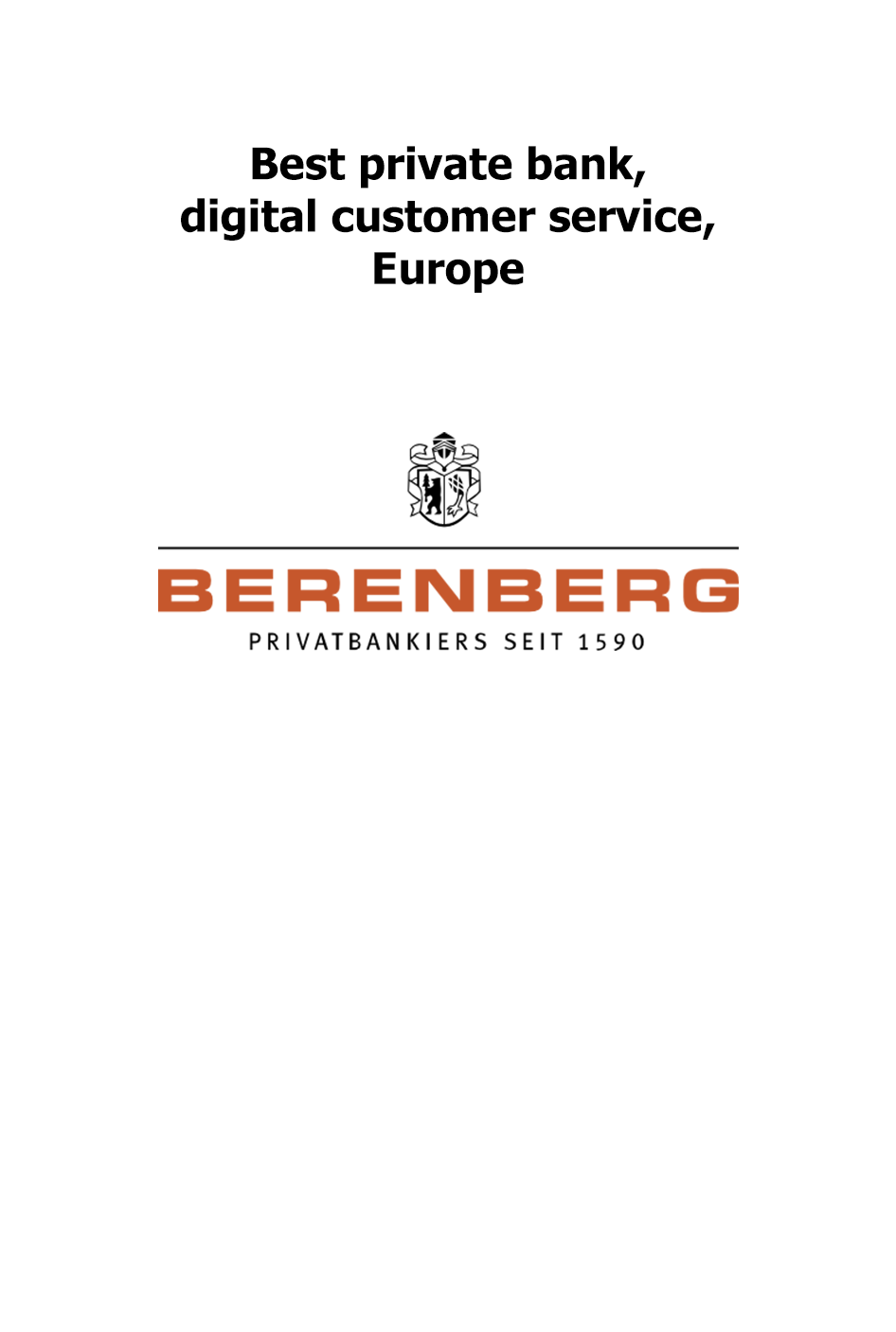
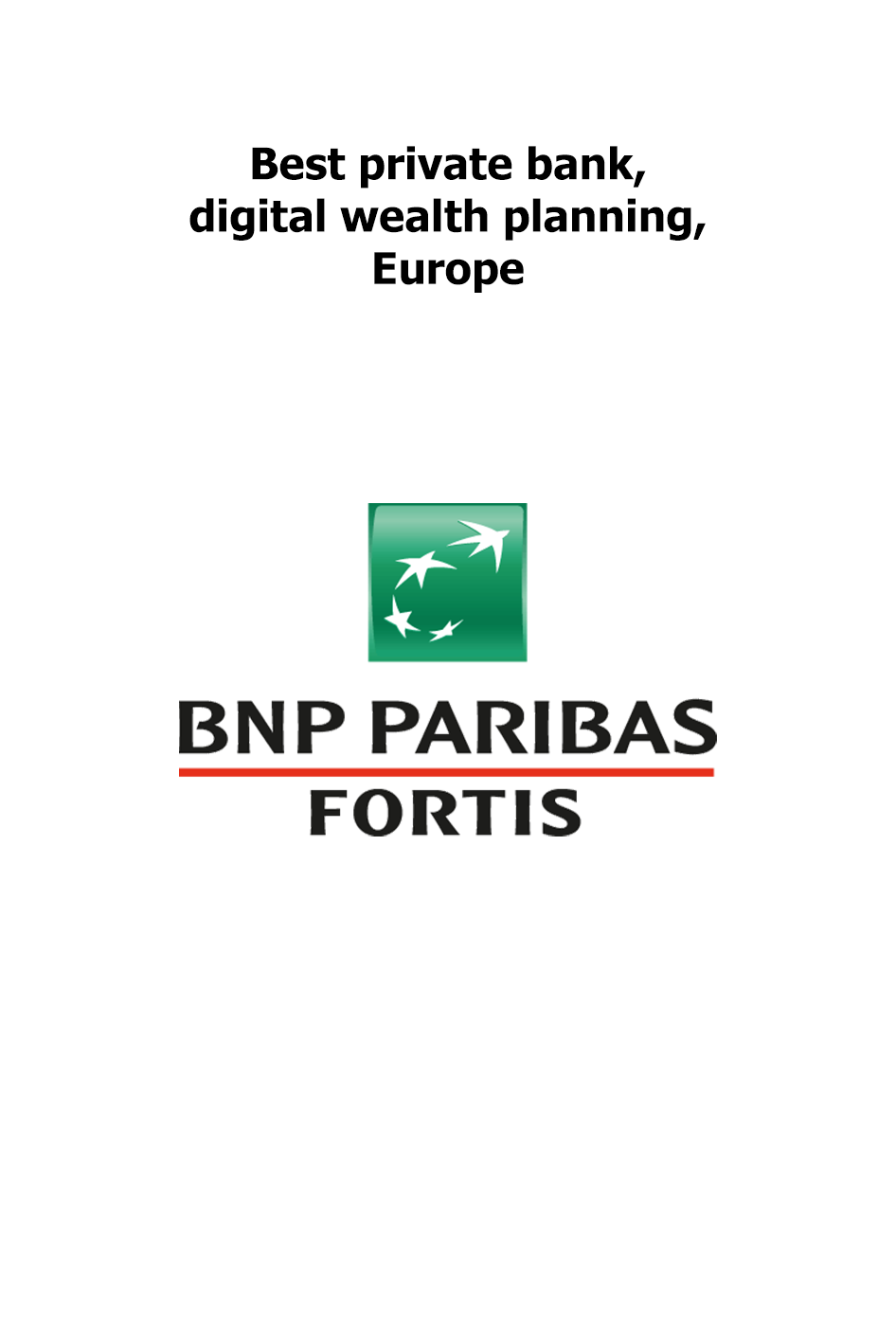


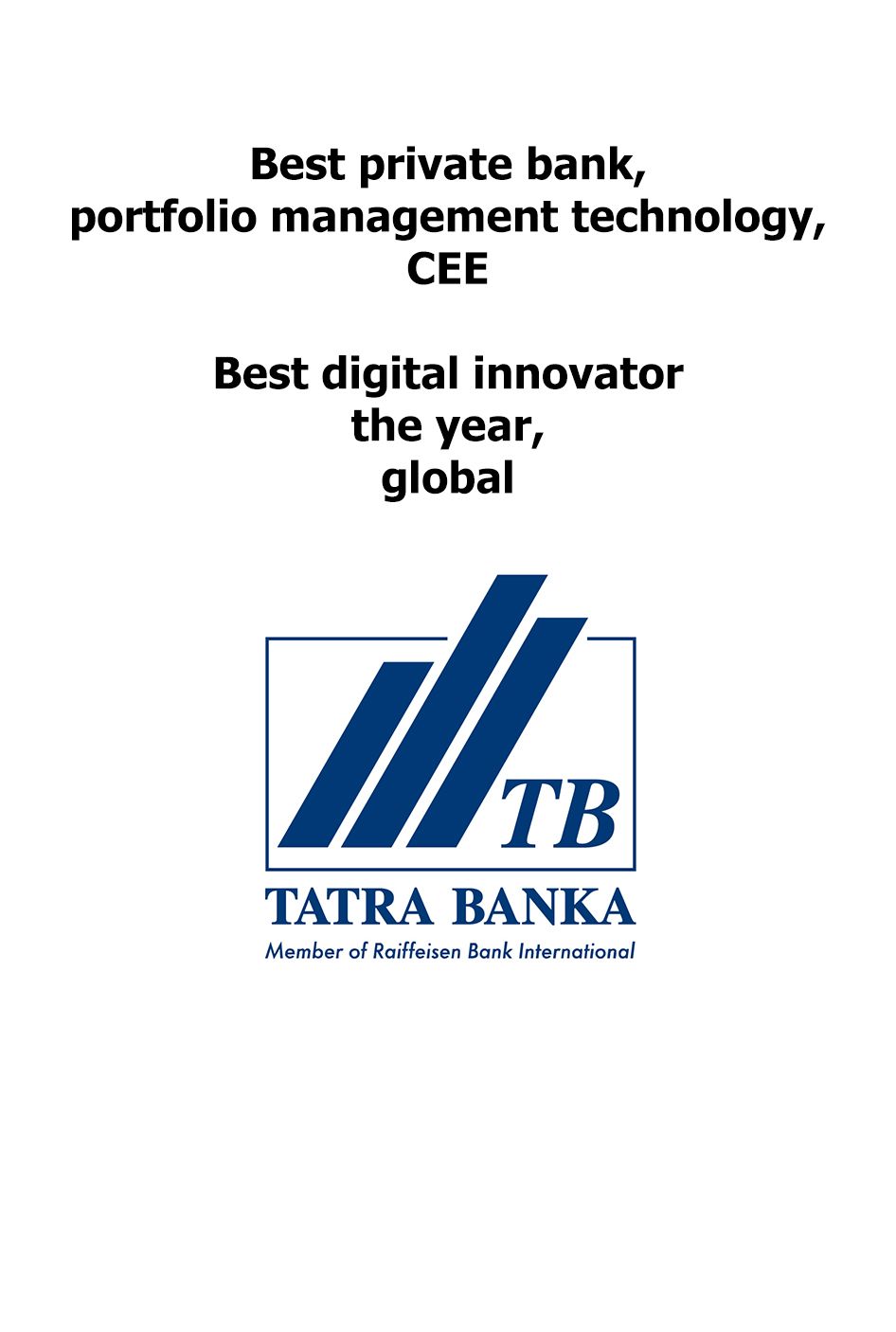

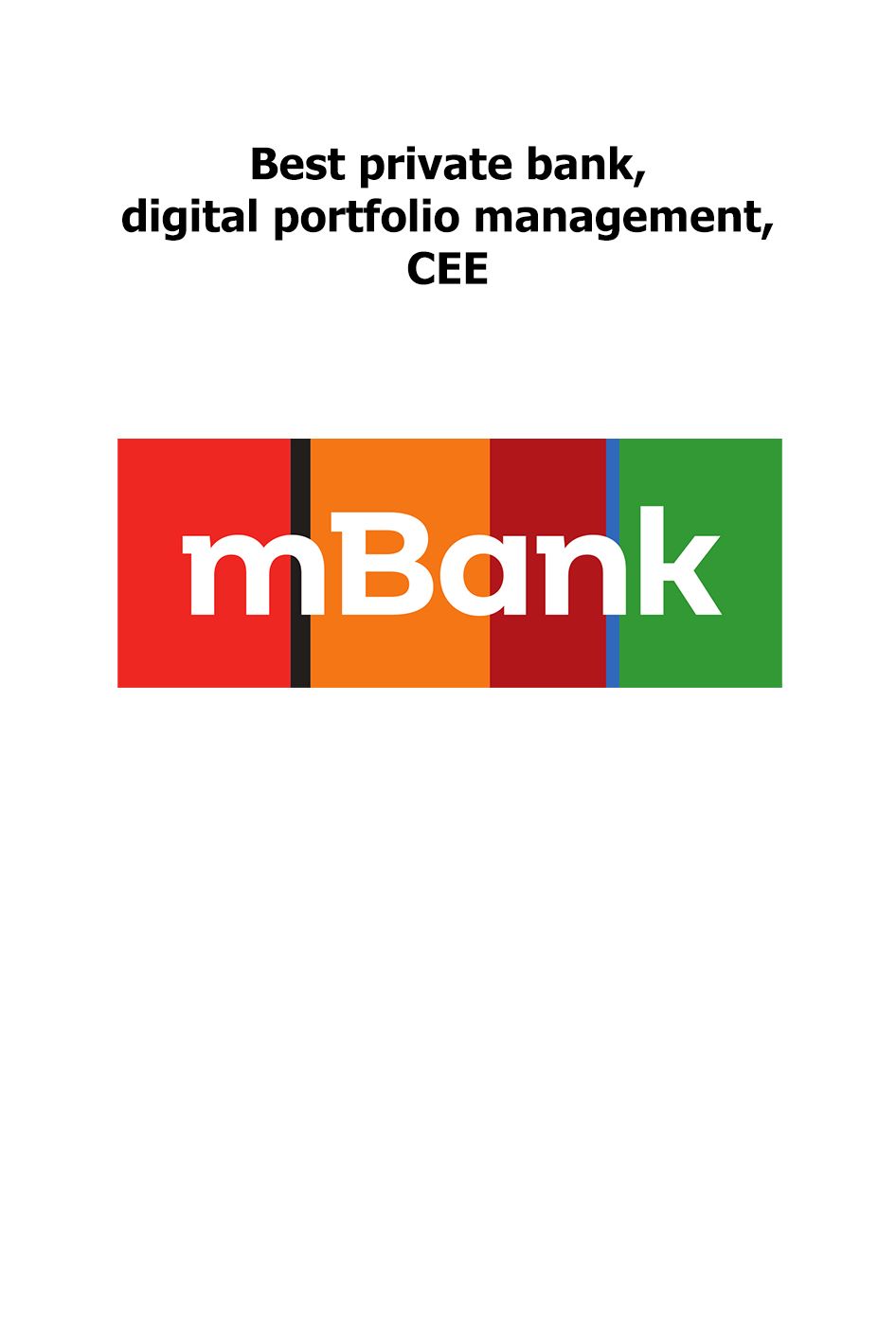
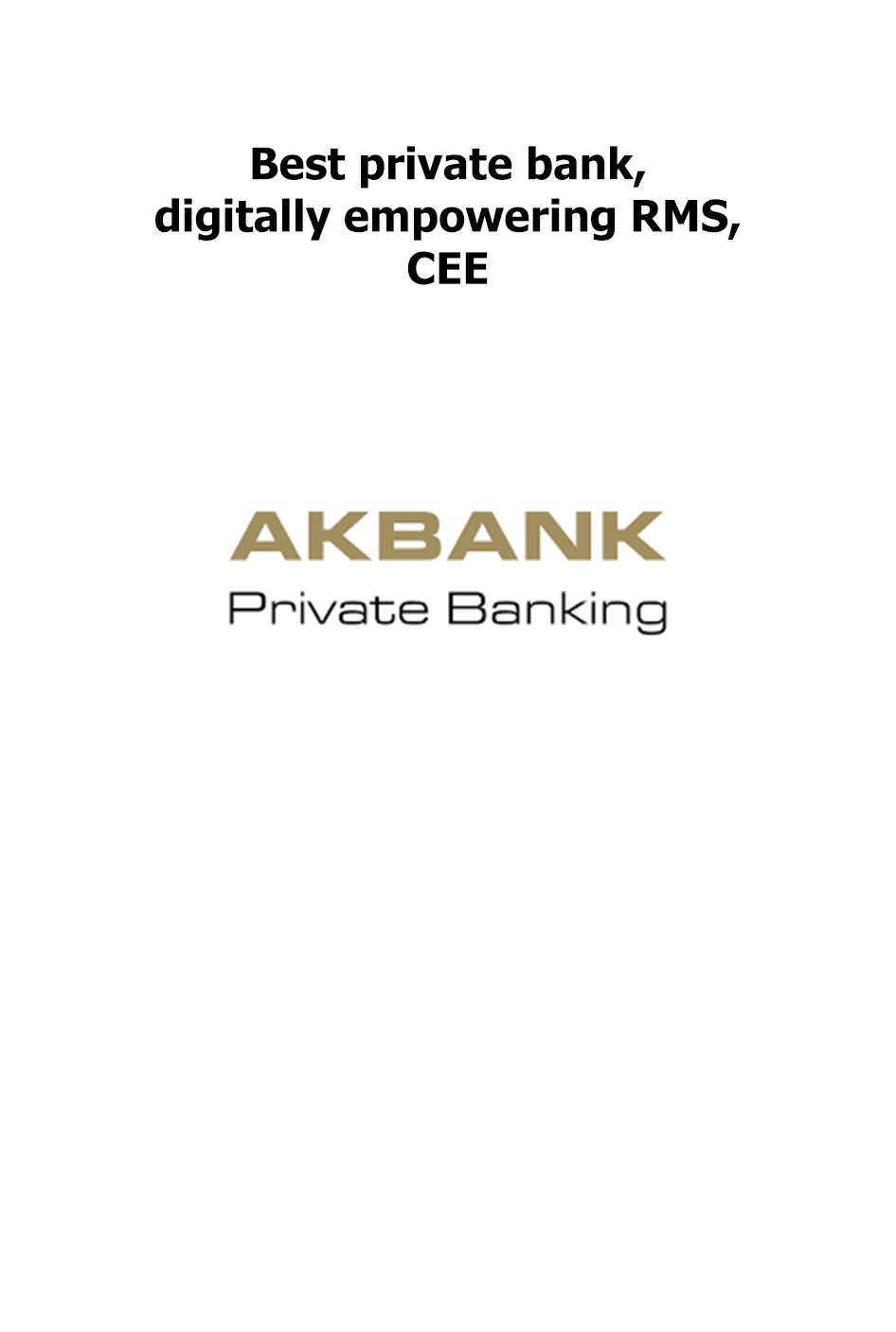
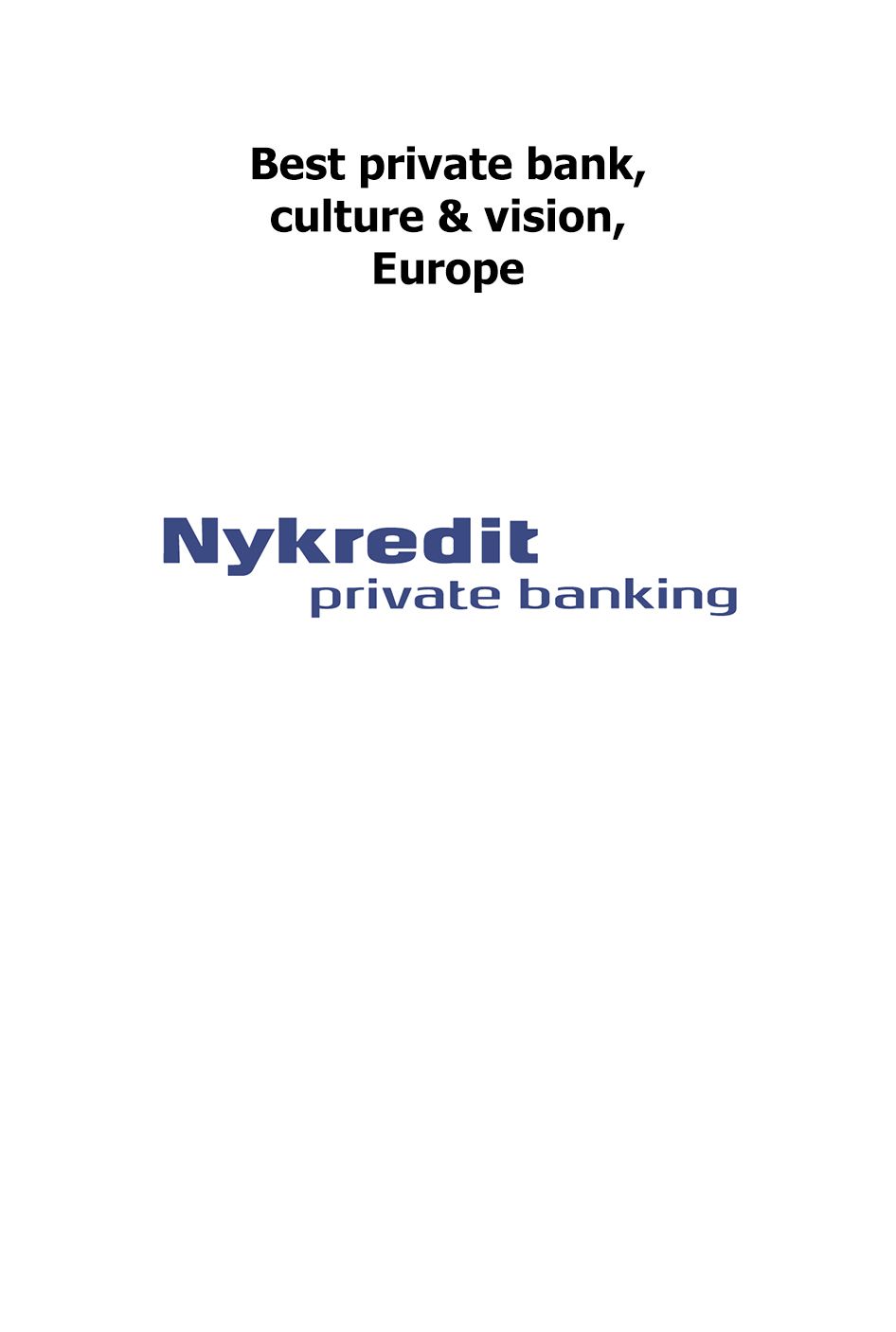
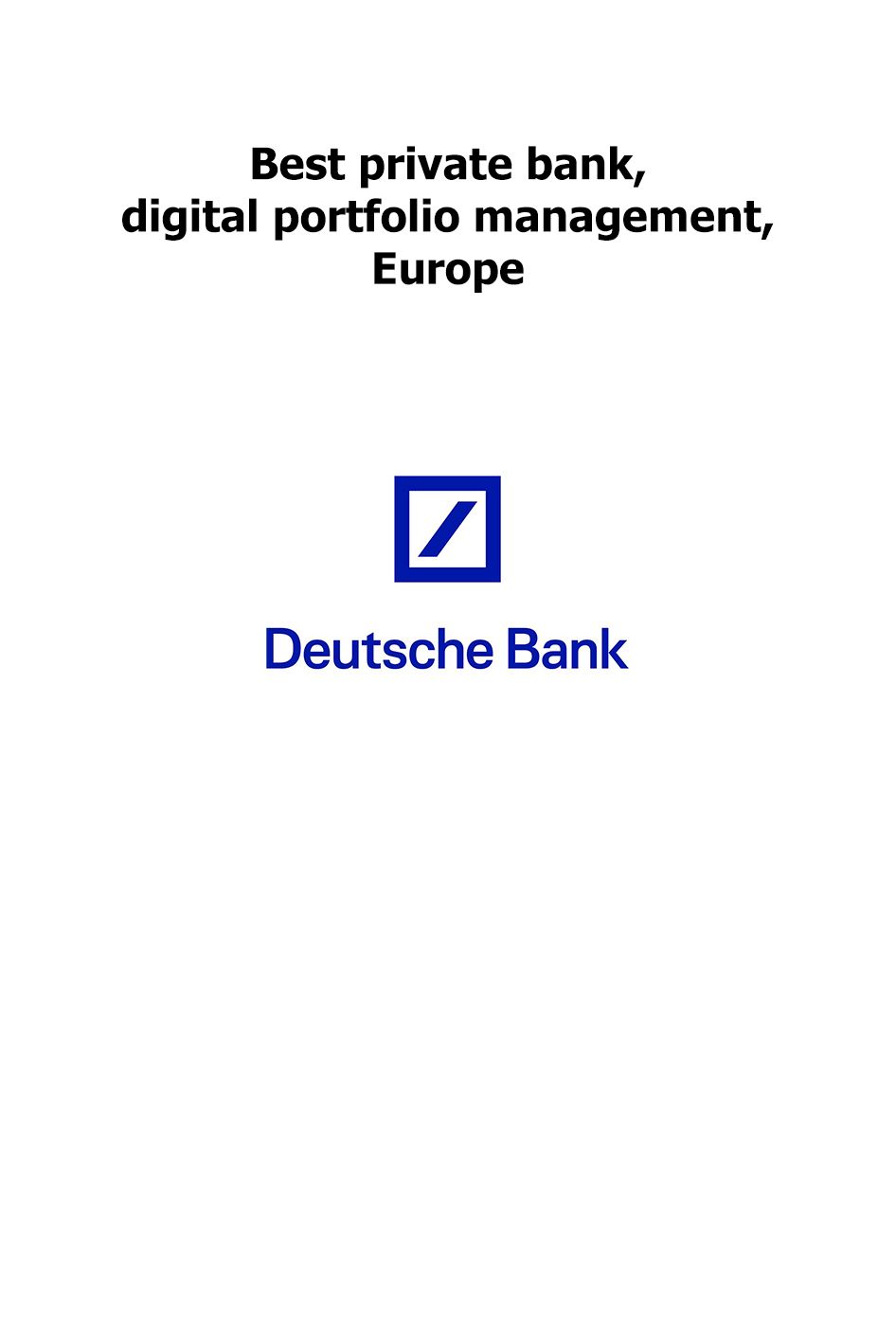
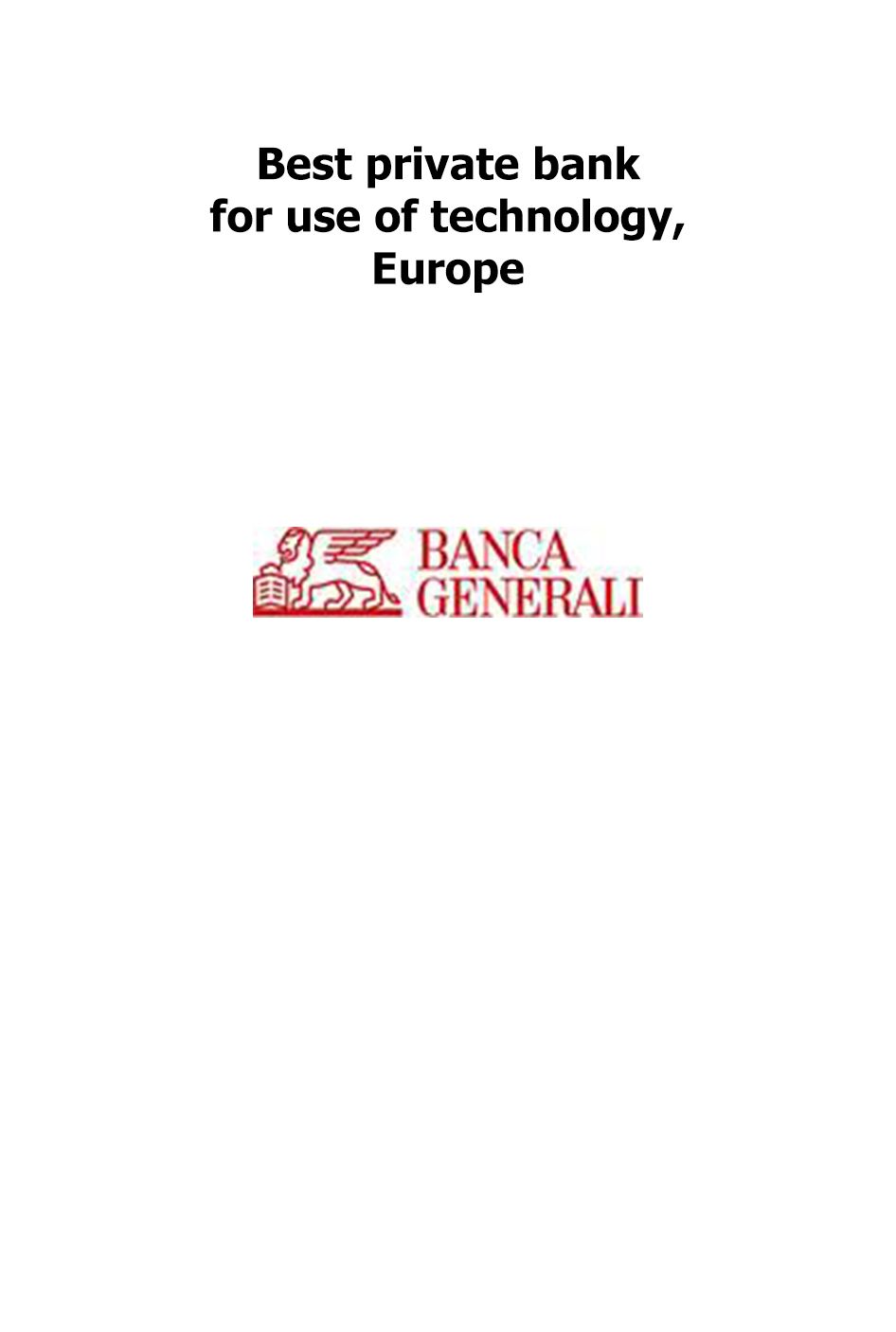
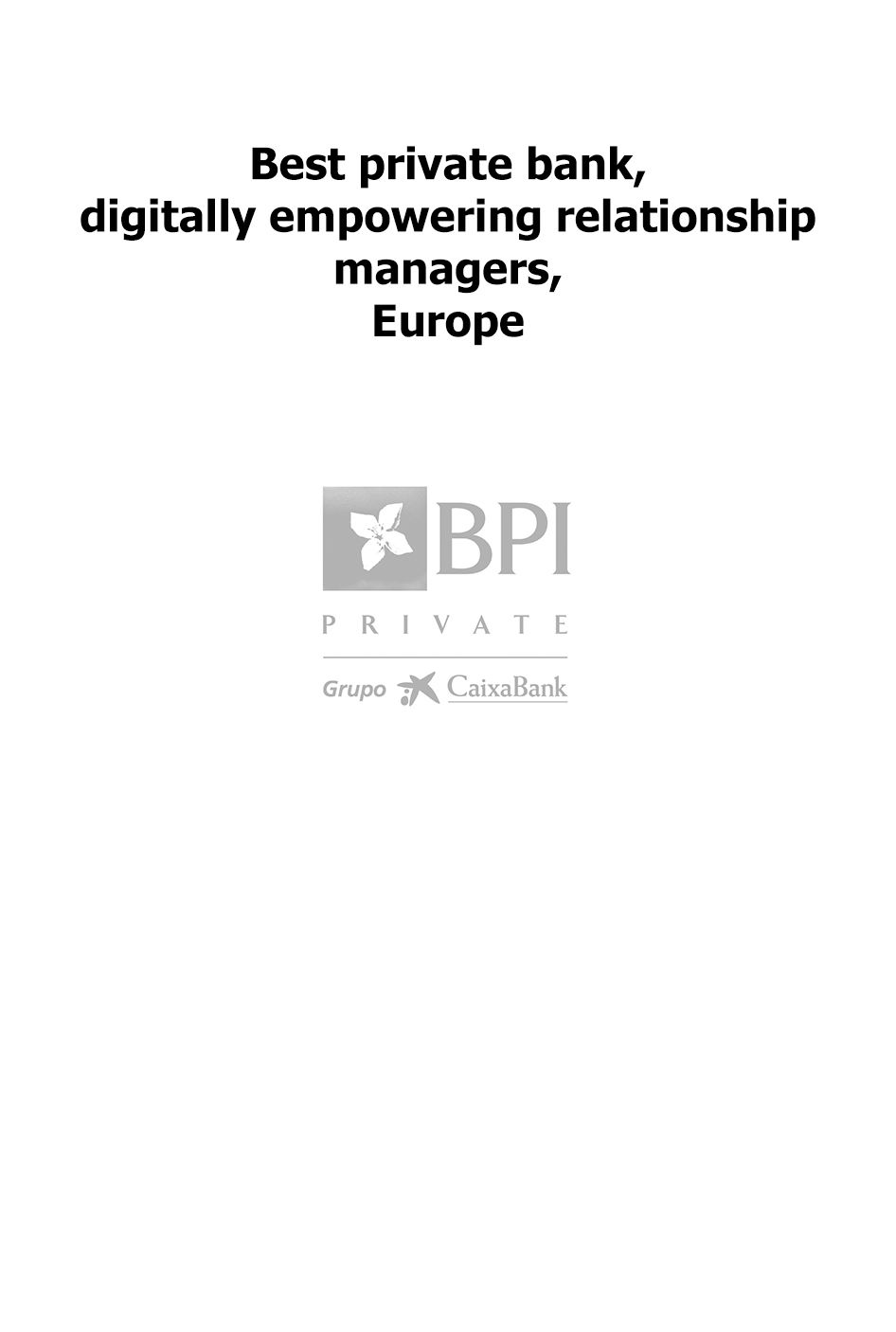
AMERICAS

Bank of America
Bank of America’s private bank and its Merrill Lynch wealth management franchise have both seen a “fundamental shift” in the way clients are interacting with advisers.
Although the trend had already been several years in the making, key facets such as digital adoption, secure messaging and WebEx meetings have seen exponential growth since 2018.
“These trends show no signs of abating, even as the pandemic eases, and we believe a new digital age has been born in the world of wealth management,” states Kabir Sethi, head of digital for Merrill Lynch Wealth Management. “Digital adoption has increased a further 3 per cent since the beginning of 2021.”
The bank reports regular digital engagement among clients now up to 80 per cent in many segments, up significantly from two years ago. The challenge for the management team is, however, to keep them engaged on the sites once they log on.
Once logged in, the bank claims clients are also increasingly using more features within tools, given the convenience and security. “Digital will not replace our ‘high-touch’ approach to the business and serving our clients,” believes Charles Liu, head of digital for Bank of America Private Bank. “However, the more ways in which we can engage and serve our clients, the more satisfied they are with us overall.”
Virtual assistants, such as the current digital companion named Erica, are expected to become the mainstay of private banking in the 2020s, according to bank management, with their core value lying in enabling and strengthening the client-adviser relationship.
But digital leaders at the bank also see many hurdles ahead. “From a technological point of view, integrating all the potential client journeys has been the biggest challenge,” says Mr Sethi. “Our next challenge is driving adoption. People are naturally resistant to change and have the perception that older, wealthier clients are not interested in digital experiences.”
RBC Wealth Management
Among the digital initiatives RBC Wealth Management introduced last year, the one that stands out is the complete redesign of the onboarding process for new wealth management clients in Canada, which makes it a fully digital, paperless experience.
Replacing a manual and cumbersome 20-year old application, the new platform, which features an intuitive design, has automated business rules for around 90 per cent of the bank’s individual account volumes, resulting in less training required for new hires, explains Jennifer Publicover, senior vice-president, products and strategy at RBC Wealth Management. It has reduced error rate from seven per cent to zero and its ‘click-to-sign’ feature has drastically increased form completion. It also represents significant time savings for branch staff, with the onboarding process now three times faster than the original process.
In the US, the Salesforce CRM platform, and its subsequent integrations, empowers advisers and their teams to efficiently manage client and household relationships by centralising key activity and correspondence, financial account information and relationship networks.
In 2020, enhancements to the household activity timeline, display of real-time positions and transactions, integration with Outlook, compliance forms, processes and reporting have enabled a “holistic approach” to managing client relationships and keeping close contact, particularly throughout this challenging time, reports Ms Publicover.
Innovative new capabilities were added to the bank’s integrated client discovery, portfolio construction and management platform (MyIP). The digital investment recommendation process was enhanced by further optimising client goal mapping, fees and investment triage, which led to a boost in adviser efficiency and improvement of investment decisions.
Teamwork and collaboration are key to delivering and driving adoption of solutions at-scale, she adds. “We actively engage partners and subject matter experts from across the business including client experience, product and digital design, as well as technology partners,” both early and throughout the cycle, says Ms Publicover.
“We have an inclusive environment where every perspective is welcome
Morgan Stanley
Morgan Stanley introduced its Impact Quotient (IQ), a portfolio analysis and reporting application in 2019, to enable clients to align their investment portfolios with their social and environmental impact goals.
“Since we first launched our dedicated ‘Investing with Impact Platform’ in 2012, an increasing portion of our clients have sought to understand how well their investments are performing in line with, not only their financial goals, but also their impact goals,” explains Lisa Shalett, head of Wealth Management (WM) Global Investment Office and WM CIO, Morgan Stanley.
Investors, and particularly millennials, are increasingly interested in sustainable investing and are demanding better data-driven insights to inform their investment decisions.
“Meeting this demand will require integrated, scalable and customisable applications such as Morgan Stanley IQ,” adds Matthew Slovik, head of Global Sustainable Finance, Morgan Stanley. By better understanding clients’ unique impact goals, the app will also help inform future product development across the bank’s open architecture investment solution platform.
The framework also allows advisers to deepen client relationships, being a “clear differentiator” in winning new assets, including clients such as family offices and institutions, adds Mr Slovik. Its usage has increased since the onset of the global pandemic, as awareness of issues including healthcare, inequality, climate change and plastic waste has heightened among investors of all types. New Morgan Stanley WM resources, such as its recent Racial Equity Investing Guide, have also provided clients and advisers with new opportunities to engage with Morgan Stanley IQ.
Today, impact investments represent more than $60bn of the bank’s client AuM, with 84 per cent of the bank’s financial advisers currently using one or more ‘Investing with Impact’ strategy with their clients.
The framework continues to evolve based on advances in third-party data and in response to client feedback. “A key piece of our in-house innovation includes collaboration with several leading providers of ESG data. We view these data partnerships as an important mechanism for advancing the sustainable investing industry,” says Ms Shalett.
Santander Private Banking
Over the past year, Santander has continued to develop its digital capabilities, with the pandemic clearly acting as an accelerator.
The introduction of digital onboarding, leveraging technology such as video conferencing and digital signatures, has simplified processes and improved efficiency. Client facing tools have also been improved through analytics. By gathering behavioural data, bankers can focus on what matters most for customers and offer a greater personalisation of the client experience. The redesign of home and investment information pages has facilitated web navigation and use.
The use of the bank’s proprietary tool, Spirit, has significantly increased. Santander Private Banking Mexico saw client appointments grow by 16 times, while investment proposals presented to clients grew by 47 per cent. This led to a double-digit growth in fee income and gross income.
“New advances have brought our private bankers closer to their clients in a particularly challenging year, upholding service levels and facilitating investment proposals and recommendations,” says Alfonso Castillo Lapetra, head of Santander Private Banking International and CEO of BSI.
Private bankers can now access clients’ positions and purchase shares at current prices, in real time.
The biggest challenge is to take care of existing clients, who are more used to a “high-touch relationship”, while continuing the digital transformation to meet the needs of the next generation especially, explains Mr Castillo.
To help with the transition, the bank has introduced digital tours to facilitate understanding of tools’ features, while offering user guides, as well as training to bankers and support teams. Prior notice of any changes helps to create awareness.
Mr Castillo points to a lack of “digital knowledge” and technology applied to private banking as a key barrier for digitalisation in the sector. “In private banking, digital tools will remain an enabler of a trusted human relationship, never a substitute for it,” he says
BTG Pactual
Brazil’s BTG Pactual, which began investing in major digital initiatives in 2017, is now embarking on the next stage of its journey – re-educating its advisers, in order to adjust to a new culture of innovation.
The predominantly remote educational courses have been conducted using emails, online sessions and modern tutorials, preparing bankers for delivering a fully digitalised service. Development of a new international client portal is also seen as pivotal to the bank’s transformation.
While BTG has been swiftly implementing its digital agenda, the fast pace of reform across the Latin American market has not escaped its senior management. “We believe new developments regarding transactional platforms have stood out recently,” says the bank’s head of wealth management, Rogério Pessoa.
These innovations include a loan platform based on securities as collateral, a tax calculator for single stocks and a full white label platform and app for commercial partners.
The scale of further digitalisation will now depend on how closely the bank can work with major clients, to help develop a series of apps and channels. “At BTG, we are firm believers in user testing, a creed we borrowed from the tech industry,” says Mr Pessoa. “We do usability testing on all our digital products and monitor feedback across all channels to identify opportunities for improvement.”
Before building its new generation of client portals and apps, the bank insists on refining a blueprint based on ease of navigation. “We see some digital platforms where the client can navigate easily. These are the ones that we should use as inspiration to build our own client portal and app,” adds Mr Pessoa. “It’s not just about having a digital way of doing what used to be done by the telephone or email, but making it effortless for the client. New features in user experience have guided us in this learning process.”
Banco Do Brasil Private
Banco do Brasil Private has developed various tools for digital portfolio management, which have the double benefit of both enhancing the customer experience and improving private bankers’ productivity.
An app, called GPF, allows clients to assess portfolio performance against main market indices. A tool for asset allocation management, called GAS, helps private bankers optimise their daily tasks and modernises the management of clients’ portfolios, by allowing portfolio simulations using the bank’s asset allocation model and its underlying strategies.
The BB Private app, introduced in 2020, gives clients access to a broad range of customised information, including macroeconomic and sector analysis, investment guides and performance comparison.
During the Covid-19 pandemic, the use of digital solutions, both providing information management and access to portfolios, has increased considerably, even among customers who had never used them in the past, reports Renato Proença Lopes, head of Banco do Brasil Private.
The bank’s customer relationship management platform allows a better understanding of clients’ habits and preferences, enabling the institution to design a customised client experience, through “effective and personalised communication strategies, bringing the banker closer to the client”, says Mr Proença.
“This way, we make available and stimulate the use of portfolio management solutions and digital channels for all private clients, although we are aware there is a range of customers who still prefer traditional channels.”
BB Private has invested in the development and implementation of solutions using the concepts of big data and machine learning techniques. This has led to the classification of clients by their potential interest in certain asset classes, enabling private bankers to target customers with investment solutions that meet their needs.
BBVA BP&P
Despite the pandemic, BBVA BP&P in Mexico launched a new strategy to grow its client base, in which technology played a critical role.
The ‘hubs and corners strategy’ for client acquisition is focused on the concept of serving private clients in strategic retail branches, on one hand, while centralising private bankers in a strategically positioned building, surrounded by offices suitable for meetings.
Technology was critical for selecting the strategic location for a ‘hub’ or a ‘corner’, based on the number of potential clients and their consumption behaviour.
The institution used big data analysis and business intelligence software for client analysis, Maxpat as a CRM Salesforce solution for opportunities, and Factset for global vision and advice. The results have been “outstanding”, says Rafael Pla Morcelle, BBVA client solutions BP&P director, and led to the acquisition of more than 3,400 customers in the six months to March this year.
The strategy has fuelled growth in cities where the bank did not have office footprint, enhanced client confidence by increasing synergy with the retail banker, and provided bankers with the right incentives, aimed at boosting the client base. While the strategy was launched on the assumption of holding face-to-face client meetings, it is highly relevant, and “more powerful” when human interaction is combined with technology.
Technology will increasingly become more important to target new clients but brings new issues.
“We believe that migrating to digital channels forces us to solve challenges such as gaining client trust, ensuring security of information and assets, and transmitting our value proposition in a clear way,” says Mr Pla.
BNY Mellon Wealth Management
The key outcome of BNY Mellon’s increased digital efforts, which started in 2018, has been Active Wealth, a holistic wealth management framework based on five practices. These comprise investing, borrowing, spending, managing taxes and fees, as well as protecting assets and legacy. The bank’s senior leaders recognised early on that a robust technology platform was critical for its future, and “wealth management technology has always had a seat at the leadership table”, states Avi Shua, managing director and chief information officer at BNY Mellon Wealth Management.
AdvicePath, the interactive proprietary planning tool, is based on all five practices. Launched in 2019, and significantly enhanced in 2020, “it transforms complex financial projections into visual output”, assisting education and decision-making processes.
It was particularly useful to calm clients’ fears at the start of the pandemic, as stockmarkets dropped rapidly. “The ability to show clients a new path to meeting their financial objectives was a great asset in difficult times,” says Mr Shua. During the crisis, the tool has also supported conversations around strategic borrowing, planning opportunities, addressing spending needs and plan adjustments.
Its standard output is based on one specific value, the odds for the client of outliving their investable assets. “This value is the focal point for asset allocation and spending decisions,” says Mr Shua.
Estate planning capabilities are expected to be added to the tool soon, “to streamline several disjointed processes” currently adopted for estate planning analysis.
Through the enhanced wealth portal, clients have a holistic view of their assets, including those managed externally. The ability to exchange documents securely via the bank’s File Vault is a “very popular” feature with clients, reports Mr Shua.
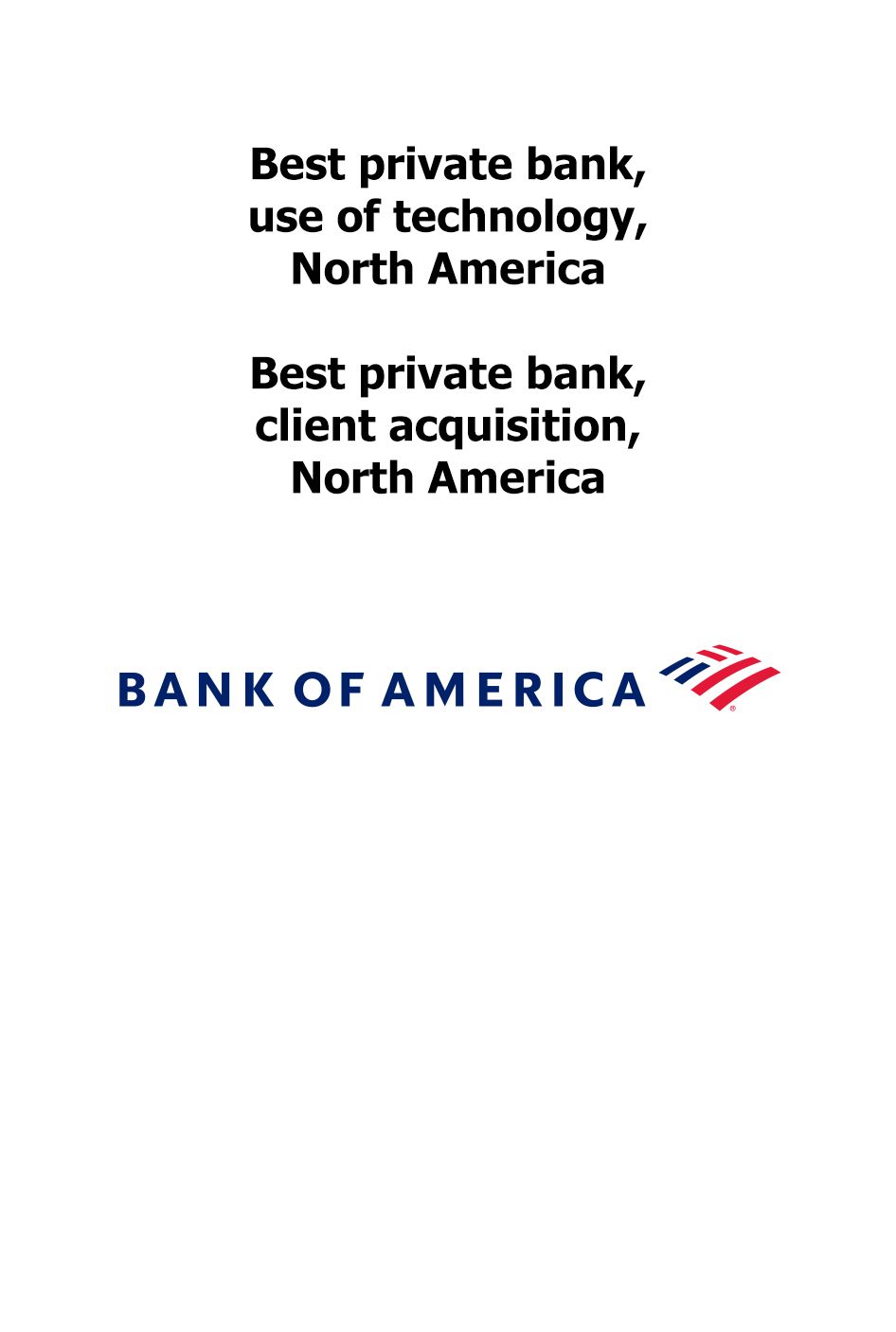
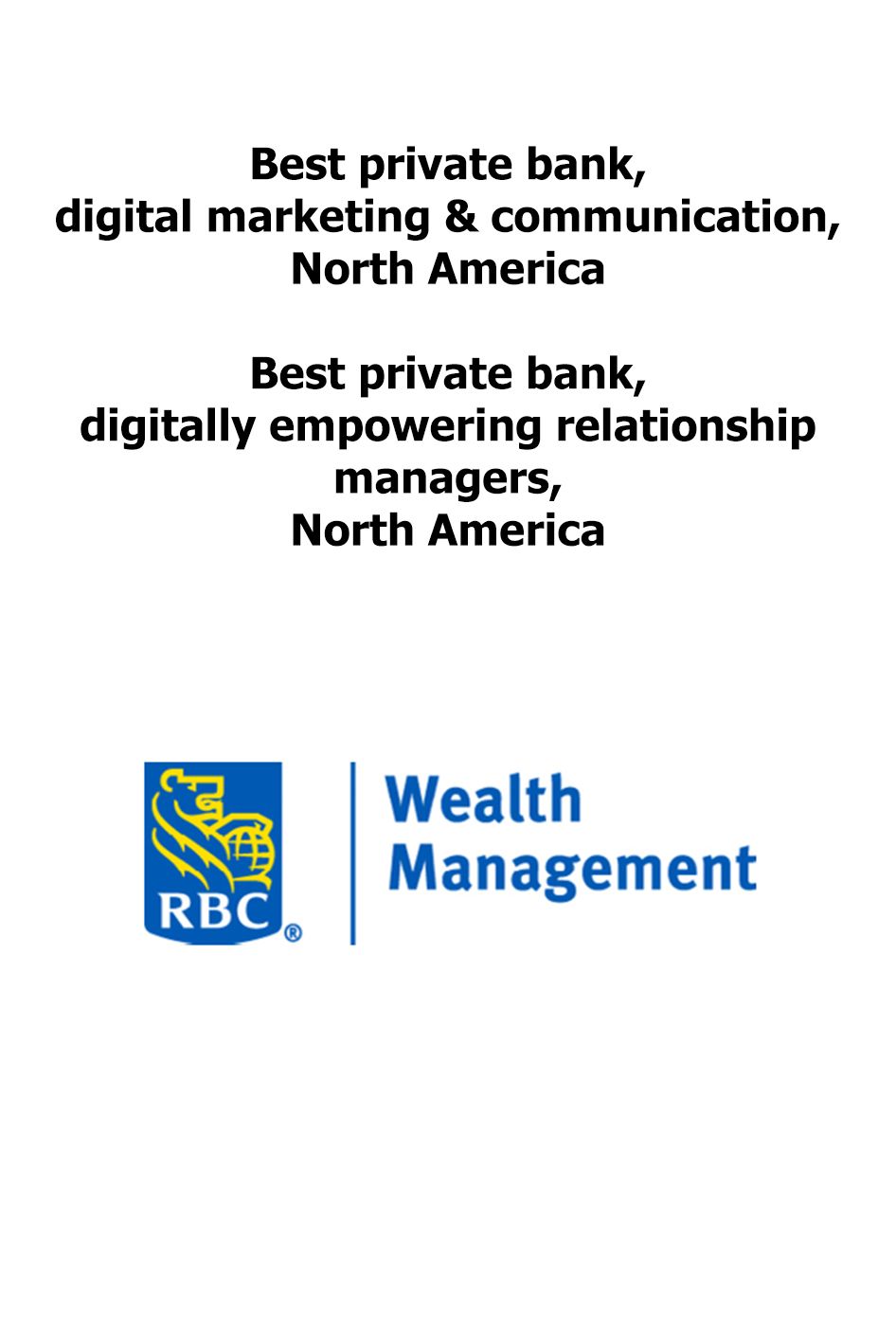
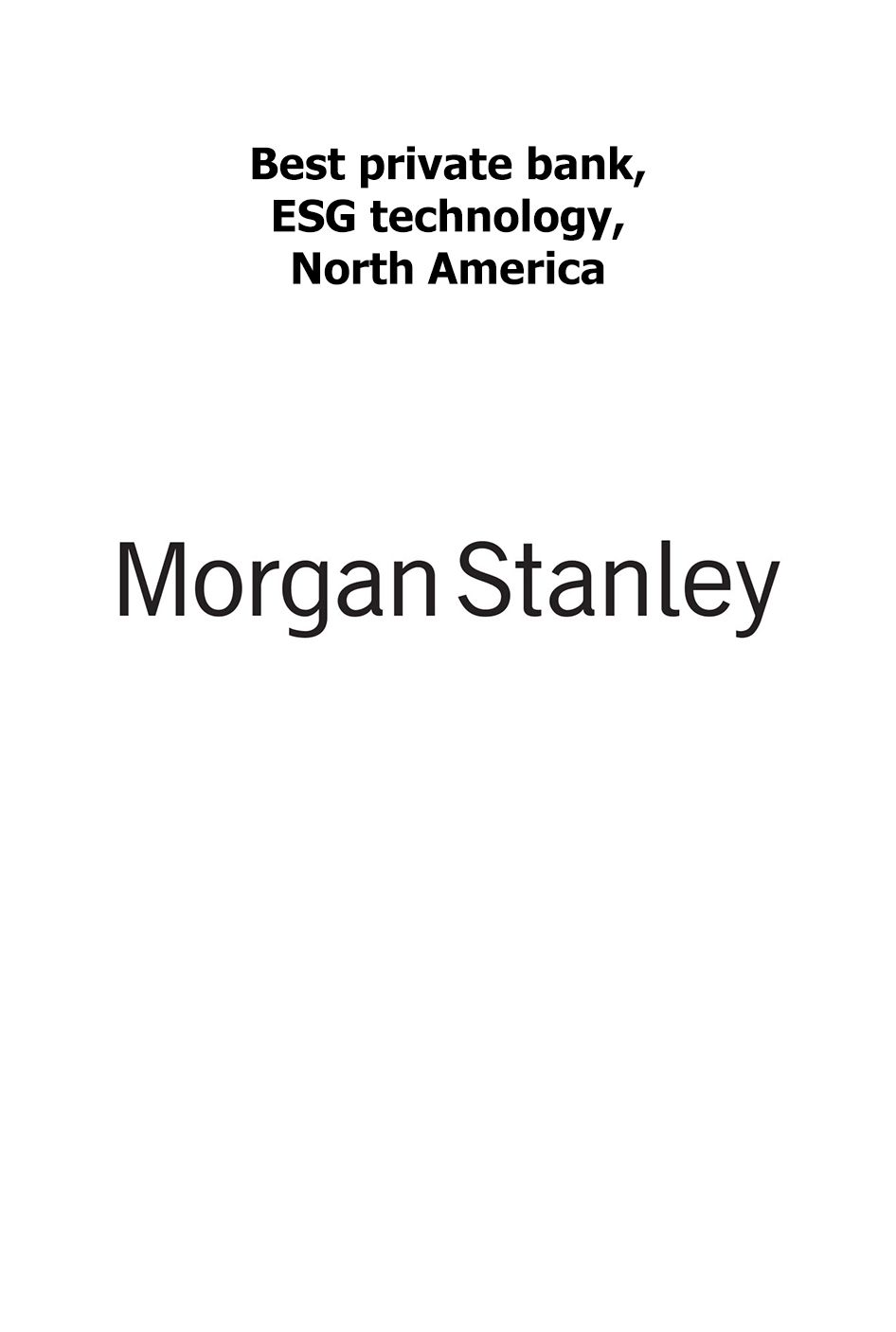

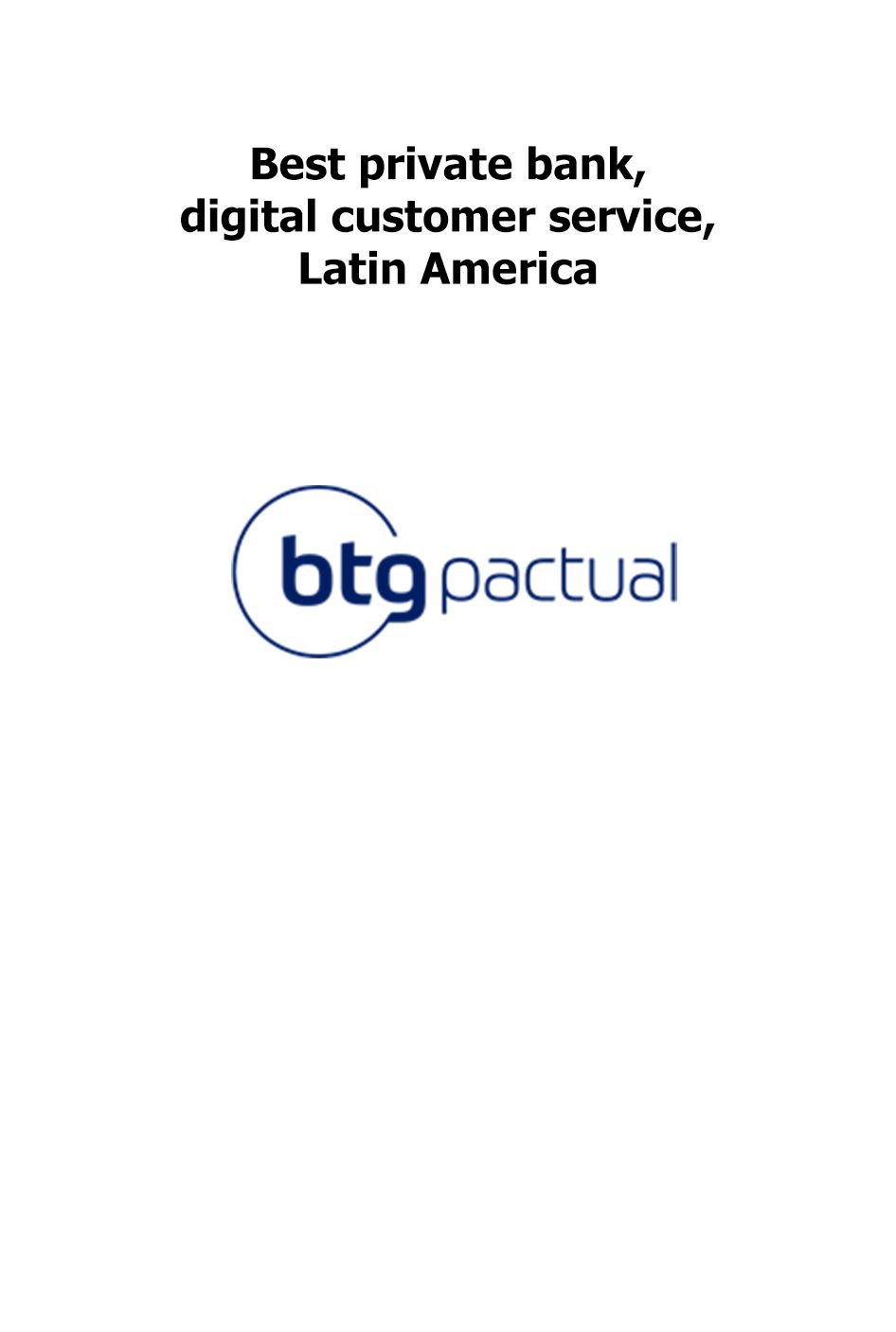

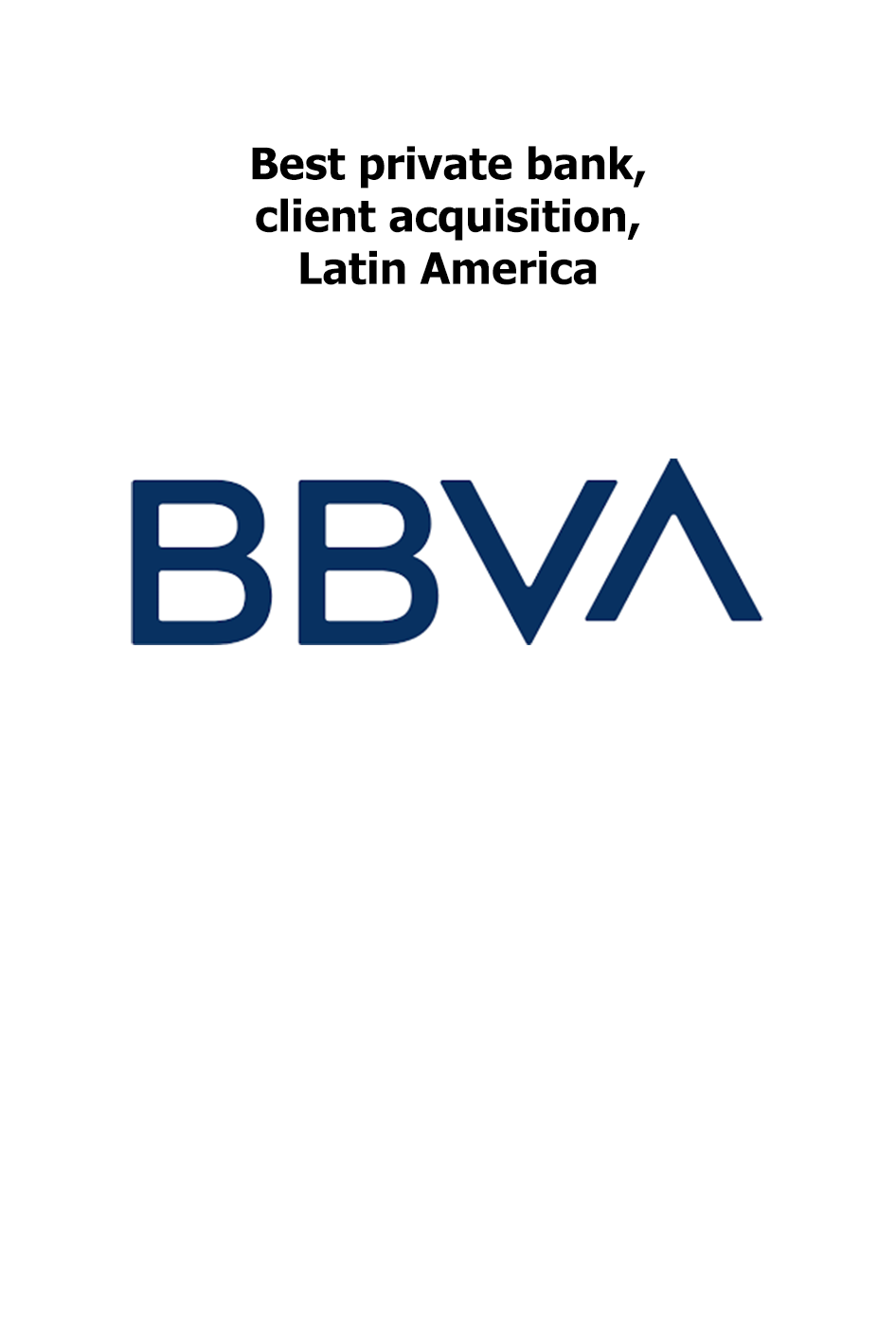
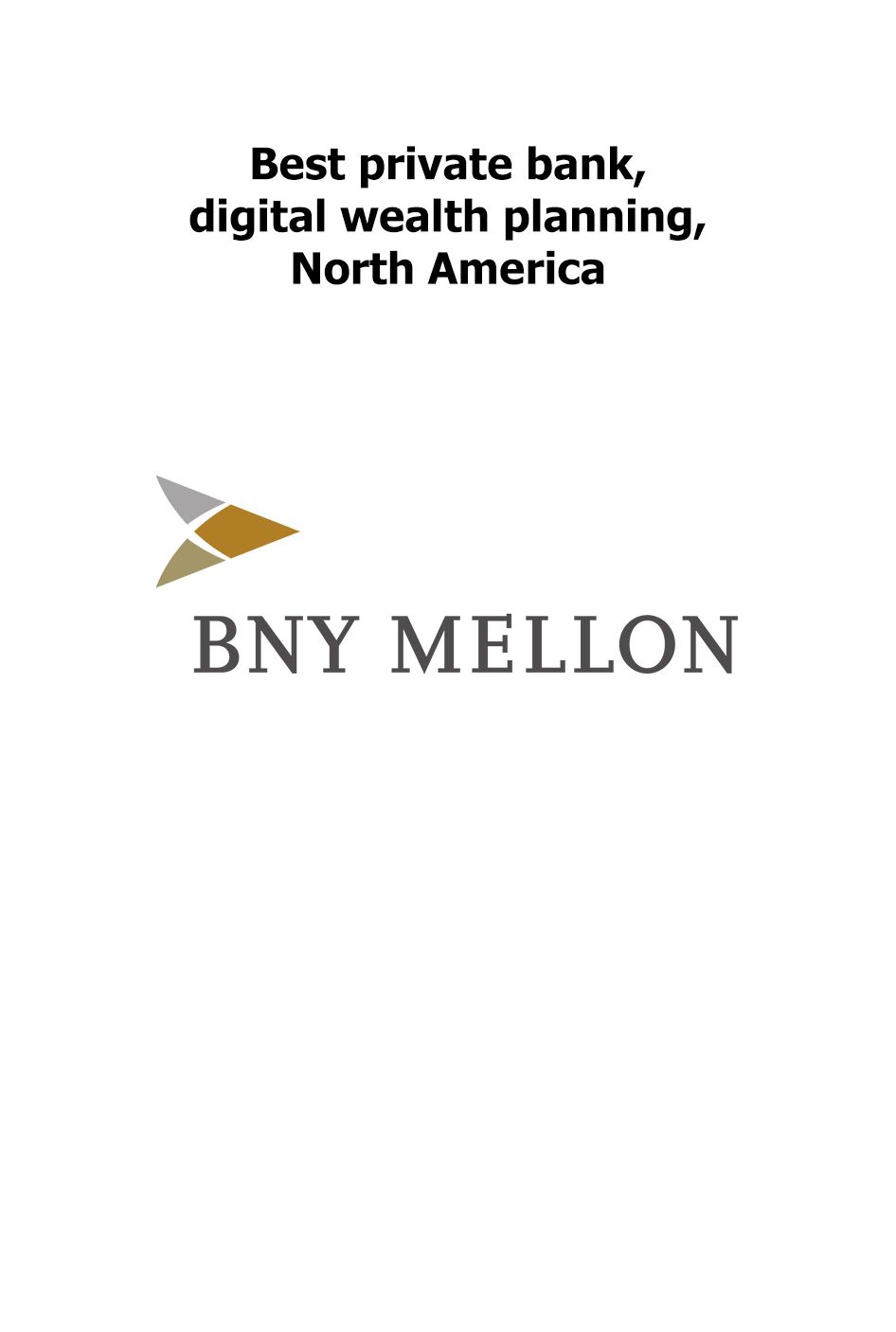
HIGHLY COMMENDED

BNP Paribas Wealth Management, Best private bank for digital customer service, global
RBC Wealth Management, Best private bank for use of technology, North America
Tatra banka, Best digital innovator of the year, global


METHODOLOGY

Now in their fourth year, the PWM Wealth Tech Awards recognise the prominent role of technology in private banking.
The PWM Wealth Tech Awards aim at gathering qualitative and quantitative information from private banking groups to be able to give a set of awards for excellence in the use of technology and digital communication.
Institutions are asked to highlight key achievements, changes or improvements in relation to how technology is transforming their business models and contributing to drive growth, support advisers, enhance brand and improve client experience.
A judging panel composed of leading industry professionals nominates the best private banks, regardless of size, in different categories.
As a growing number of private banks invest in their technology infrastructure, the awards programme is set to expand rapidly, with new categories being added and new winners being awarded.

JUDGES

Professional Wealth Management content is free to read
To read PWM content for free, register now by completing a short form.
Registered users benefit from:
- Full access to all articles, videos and podcasts
- E-newsletters featuring the latest content
- Coverage of the latest opportunities, challenges, game-changing regulations and competing markets
- Bespoke PWM research: sub-advisory, asset allocation, Global Private Banking Awards, Wealth Tech Awards
